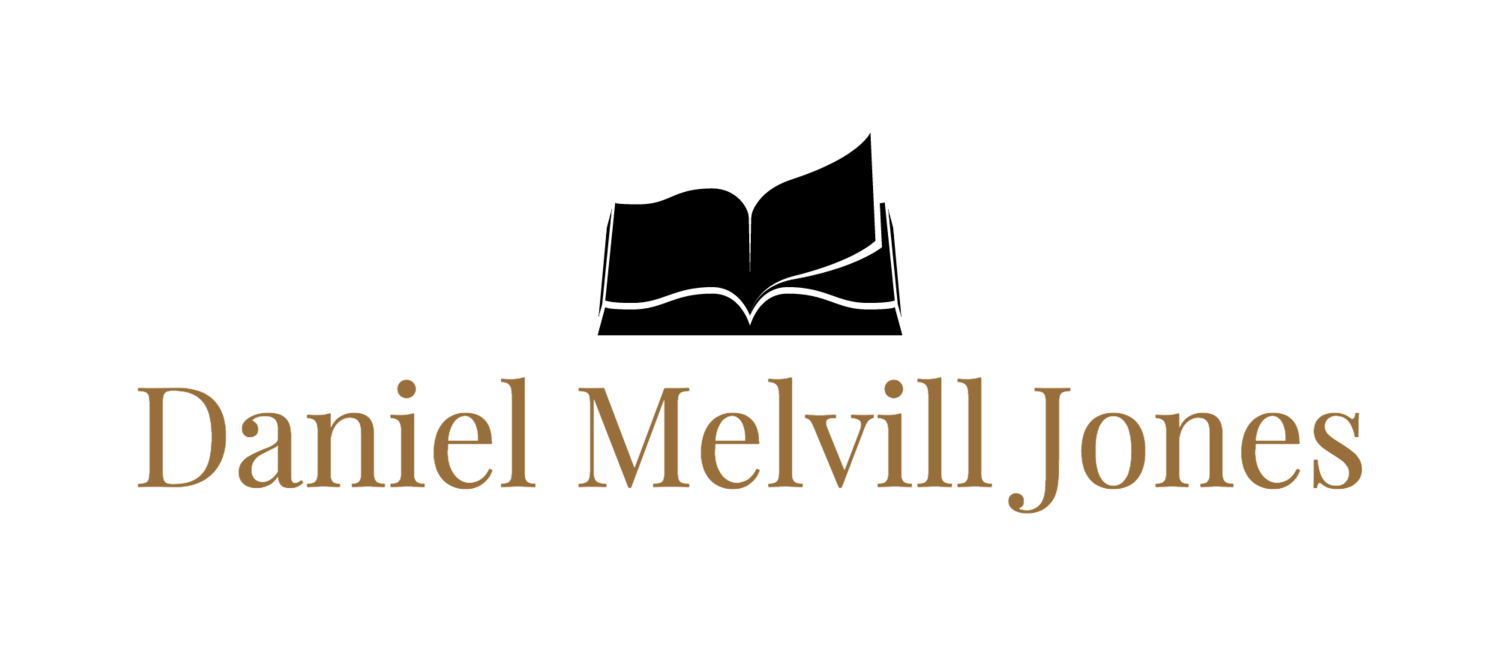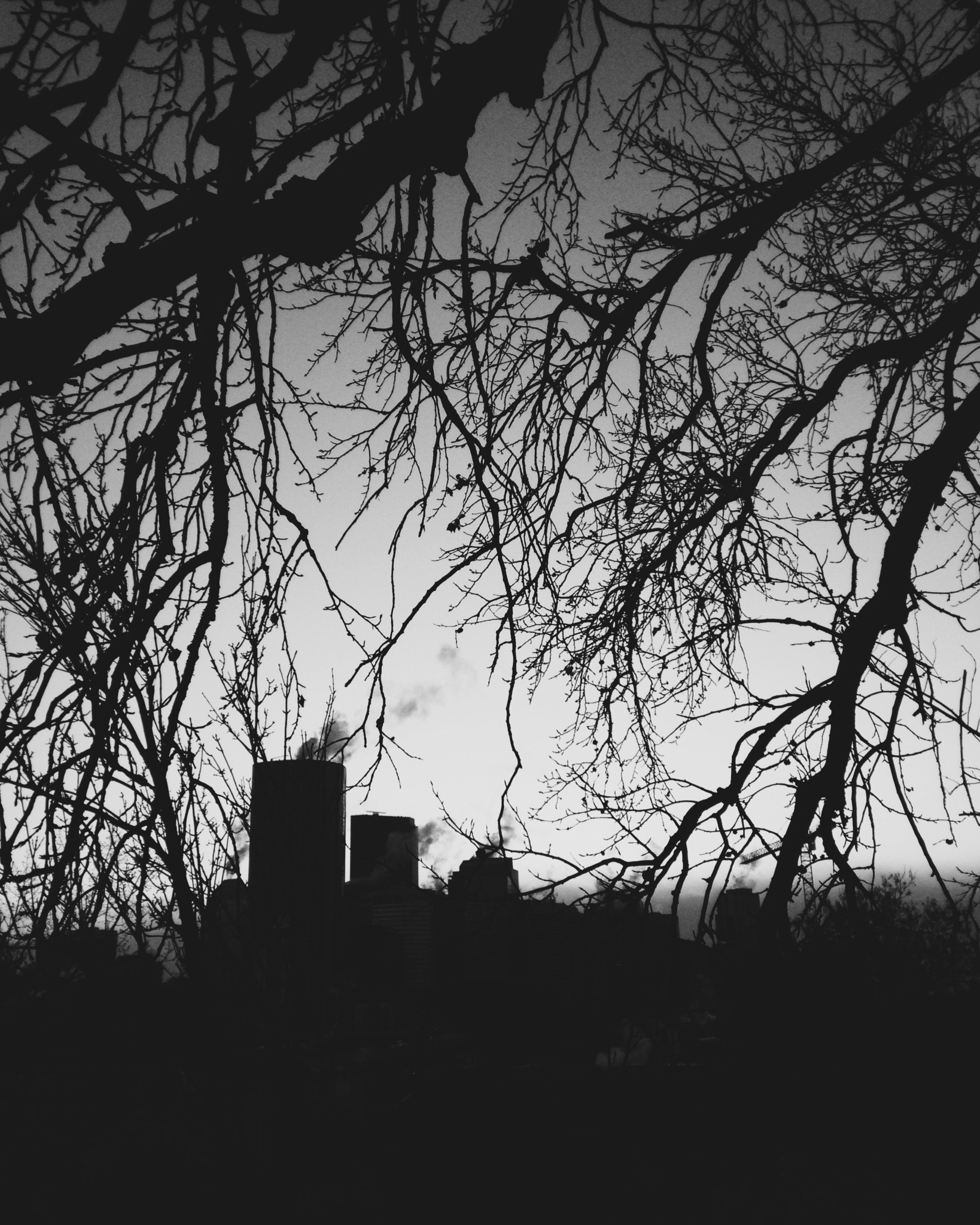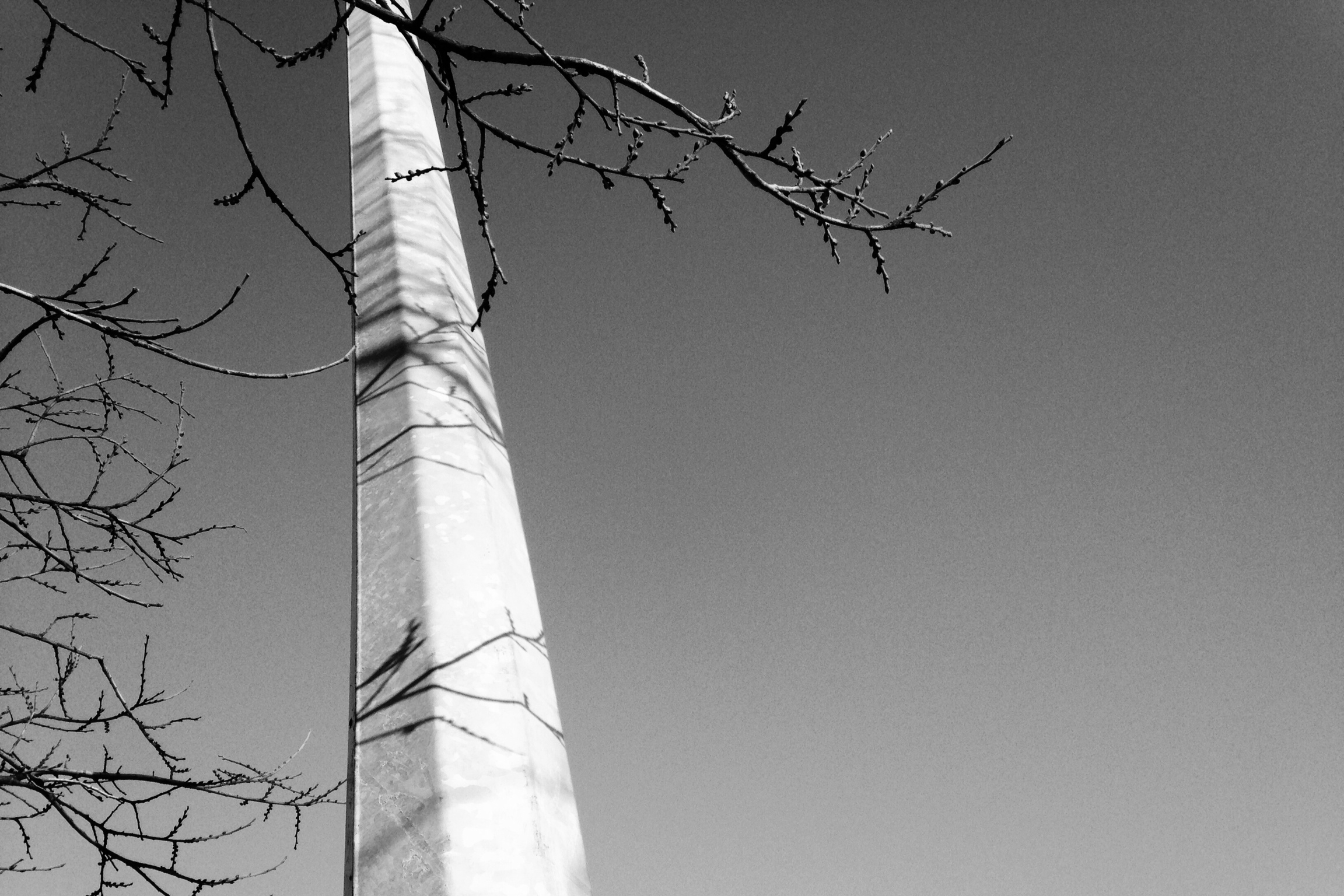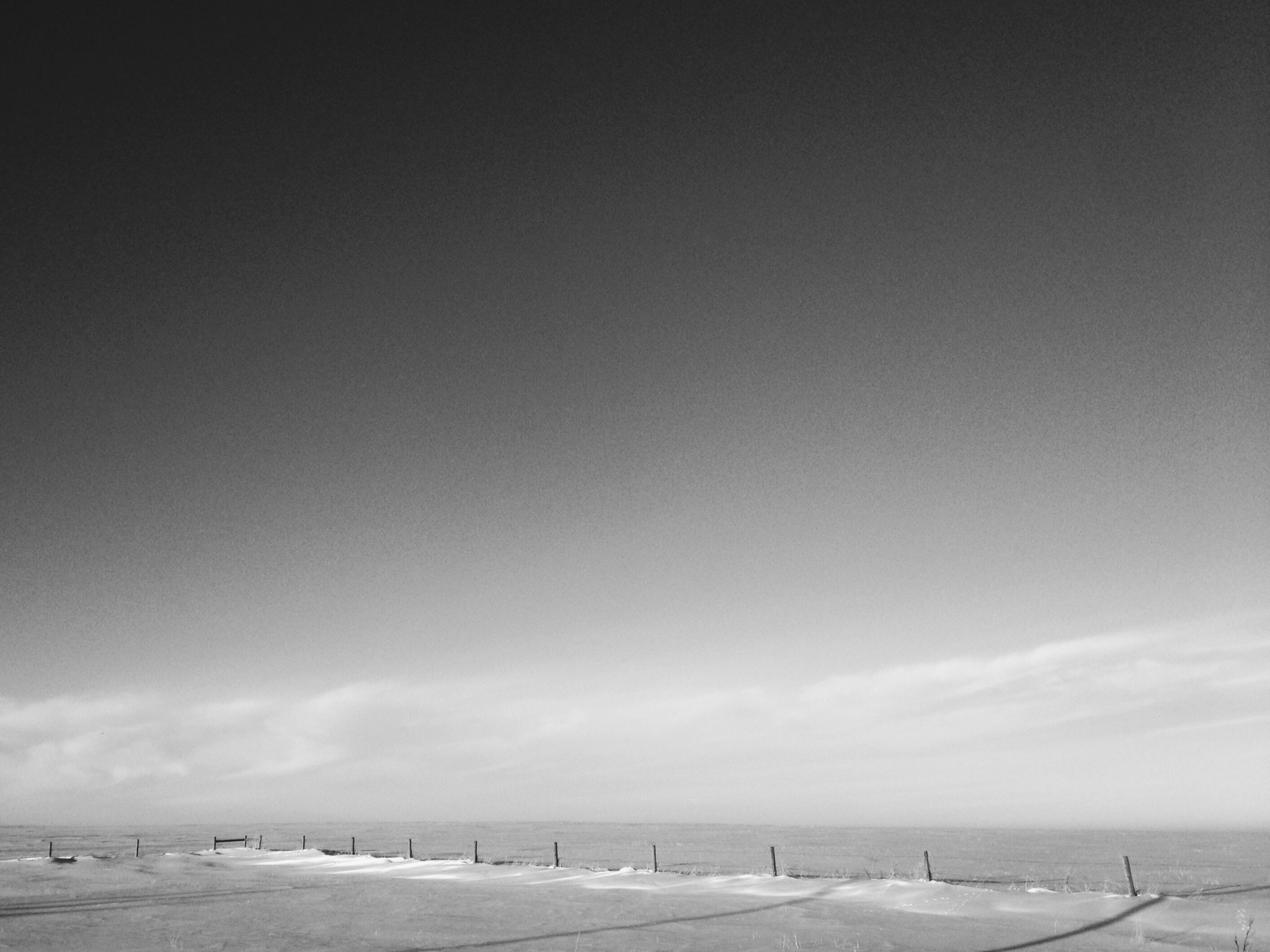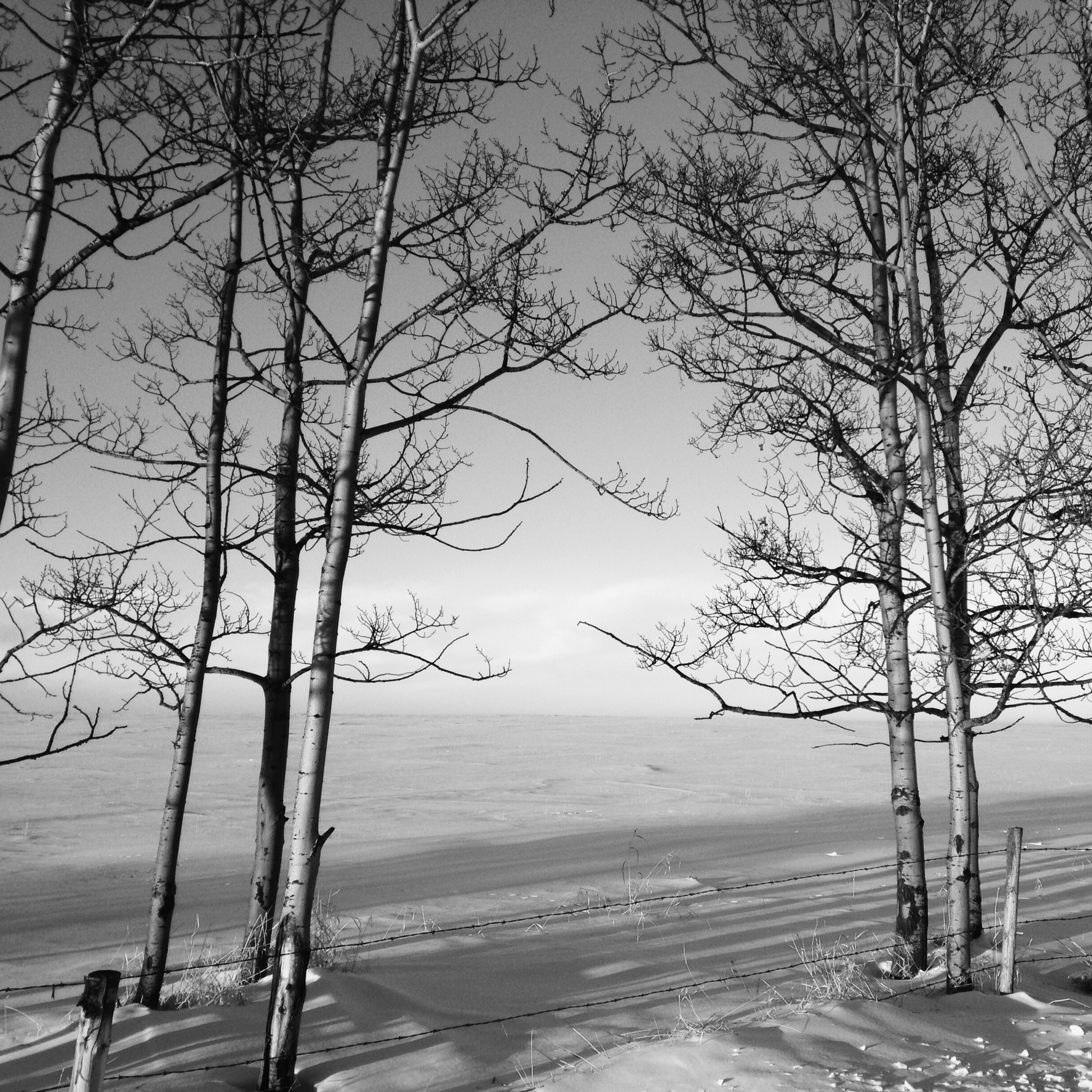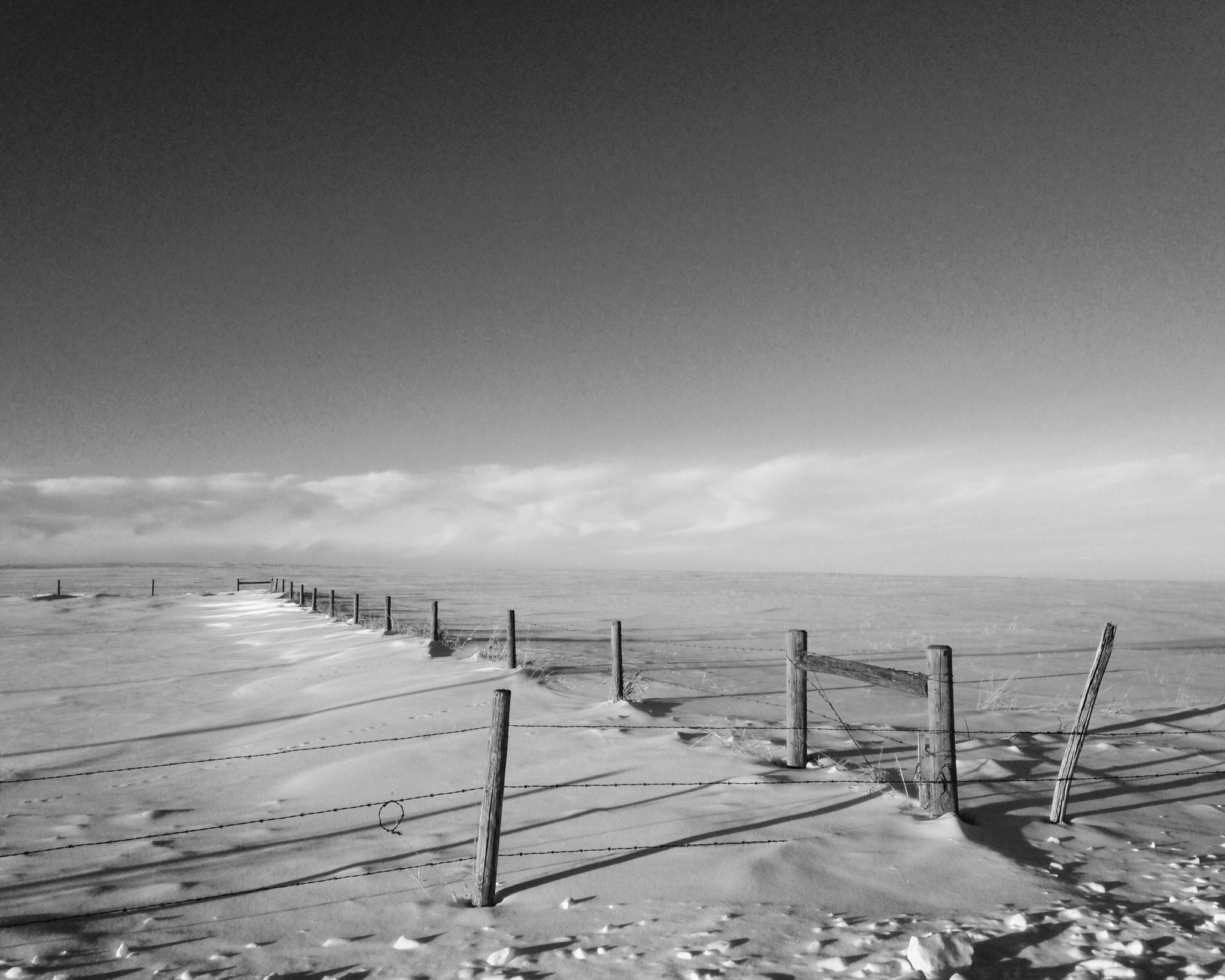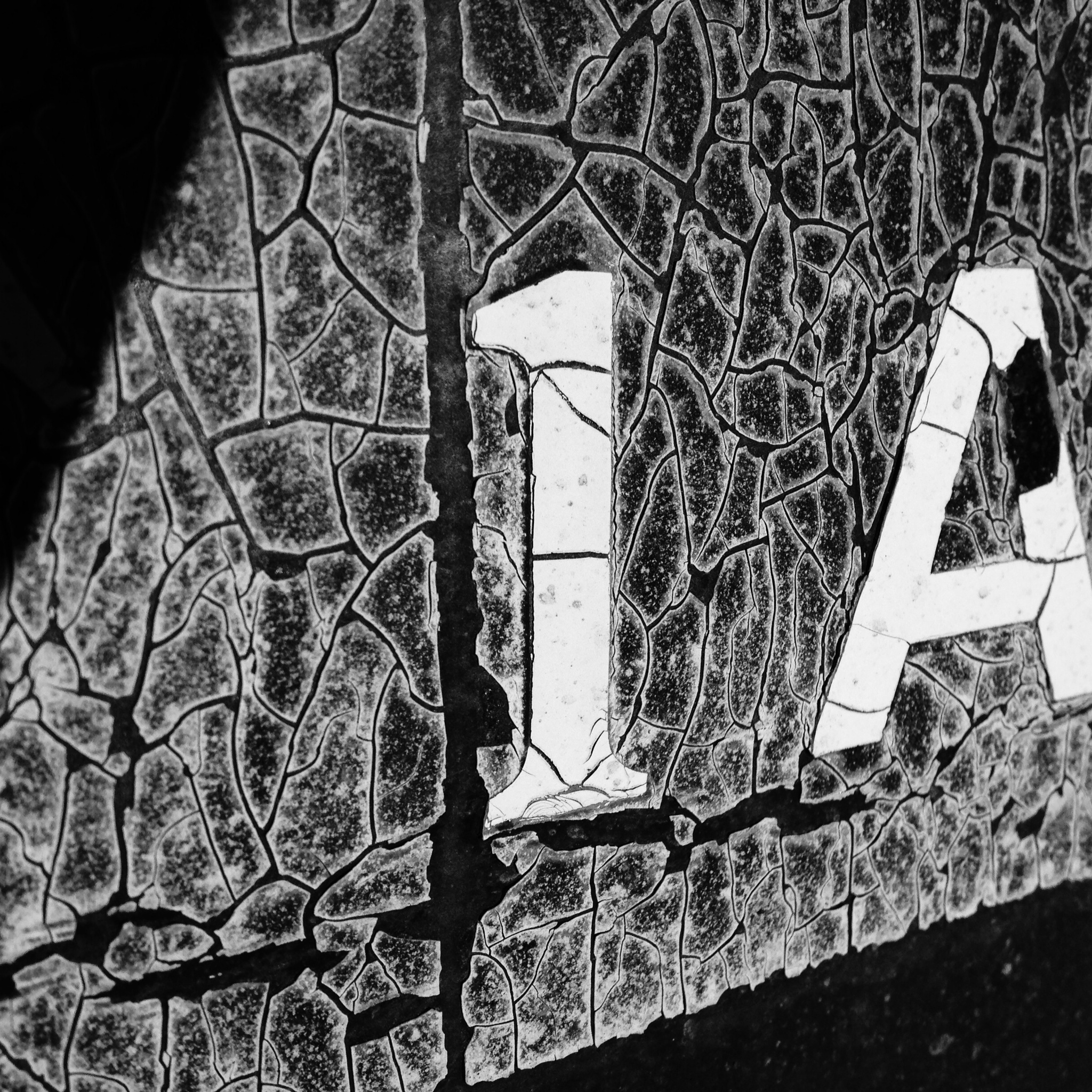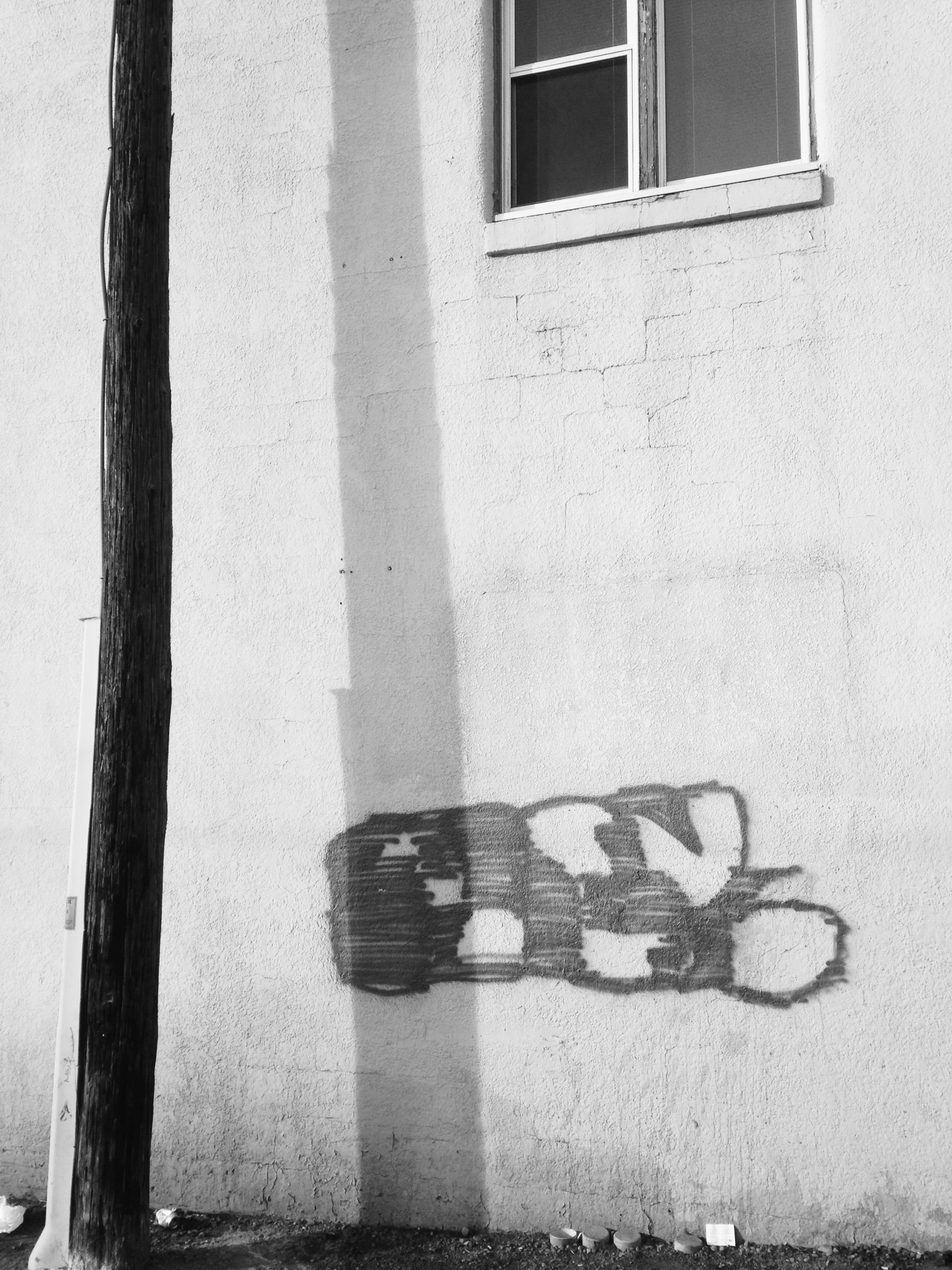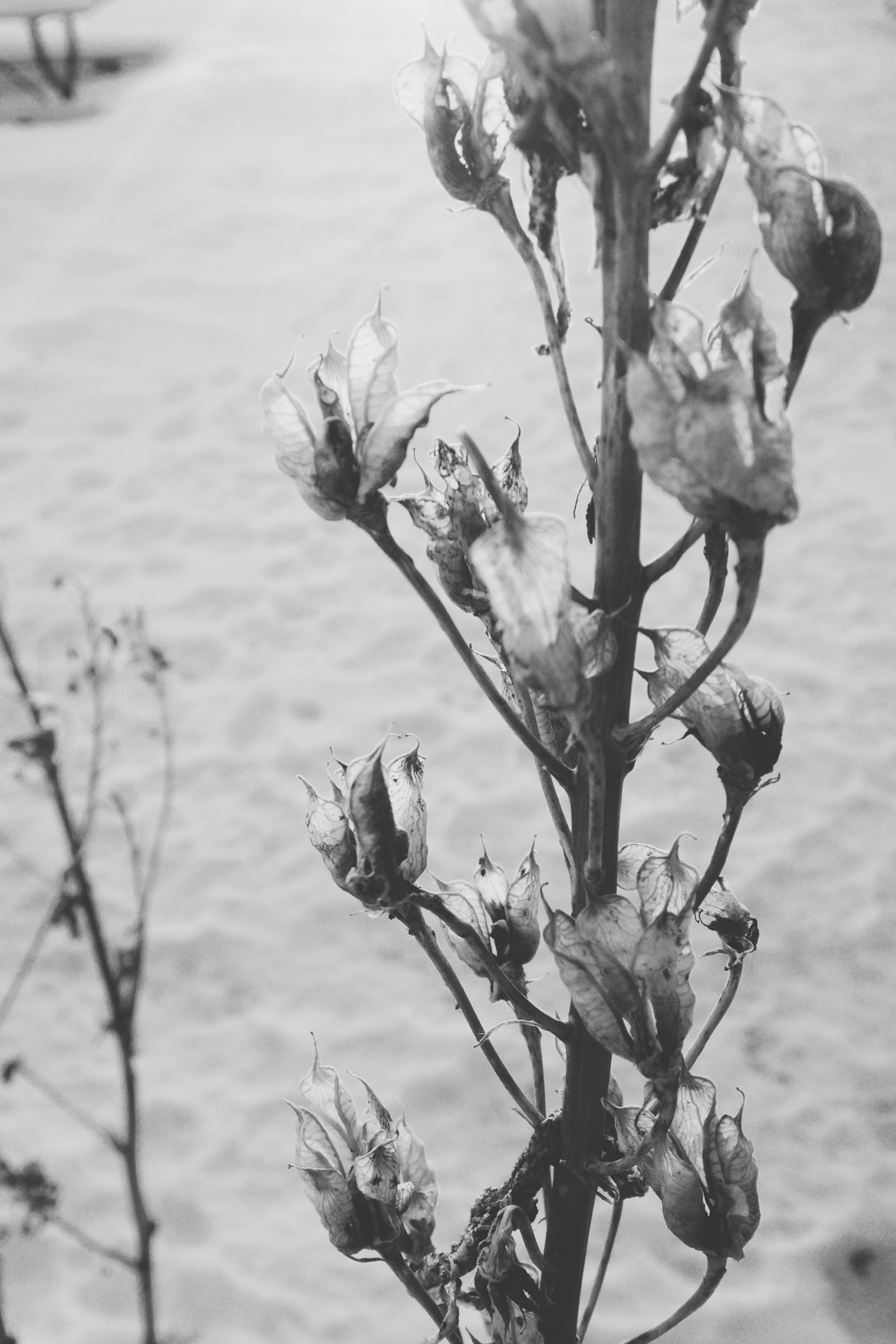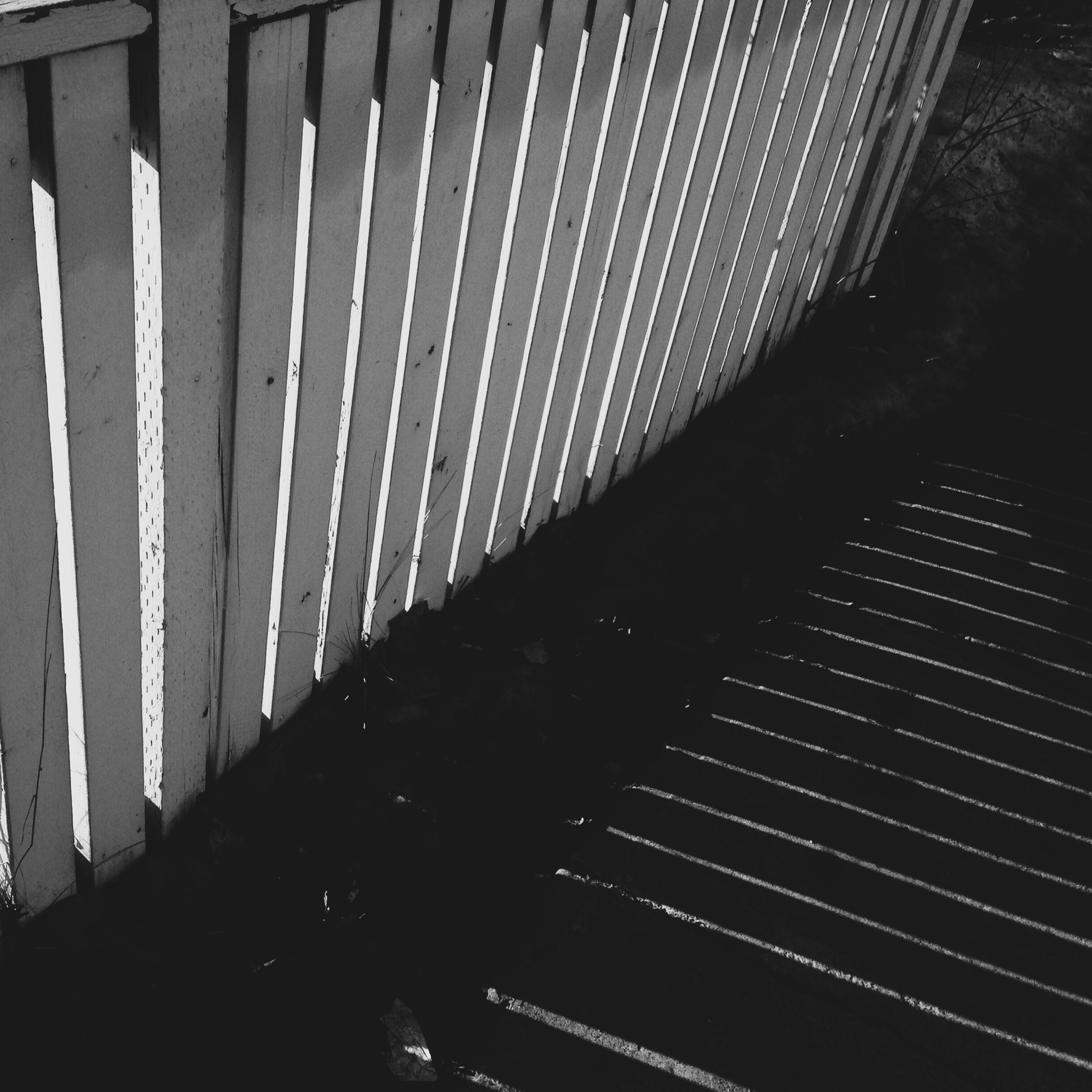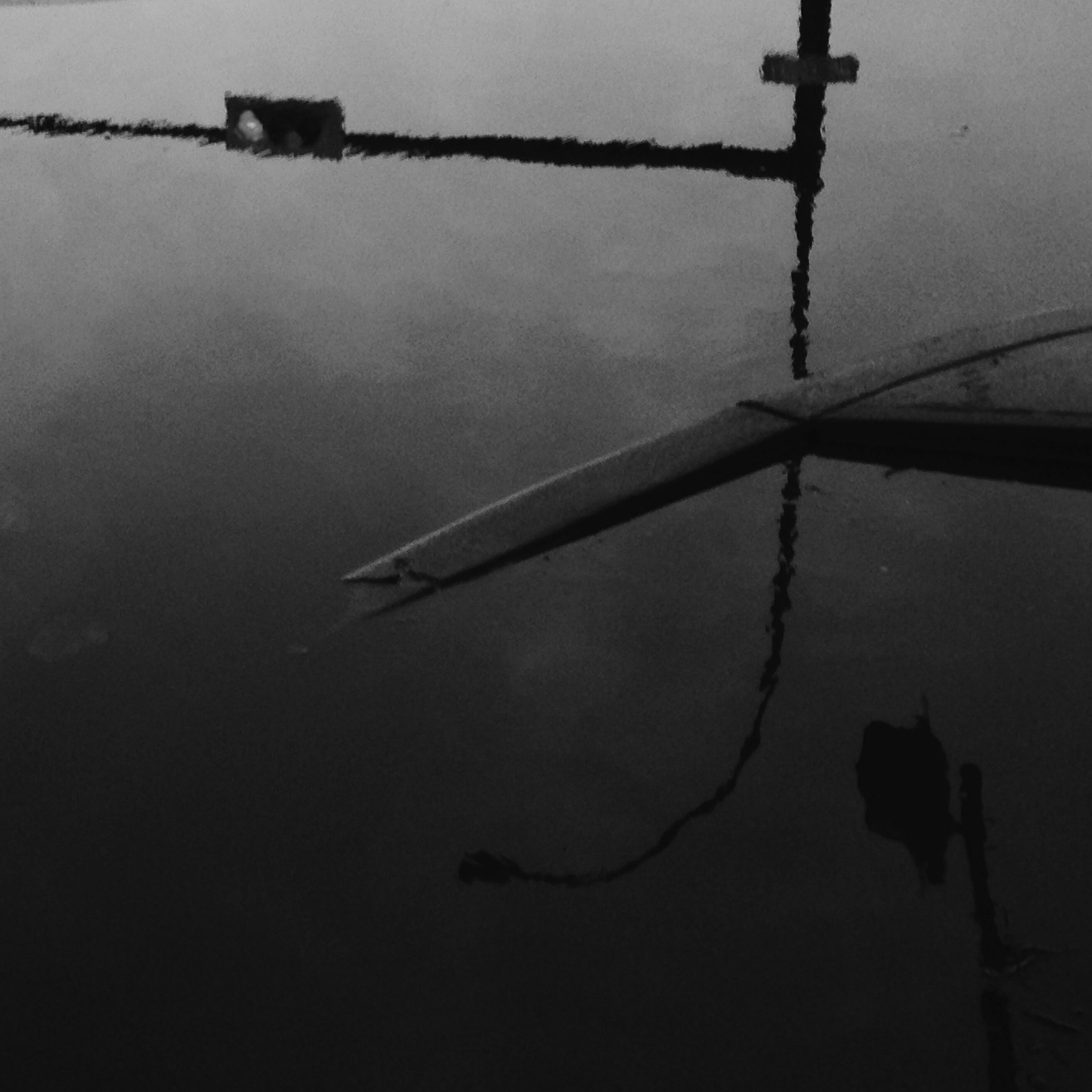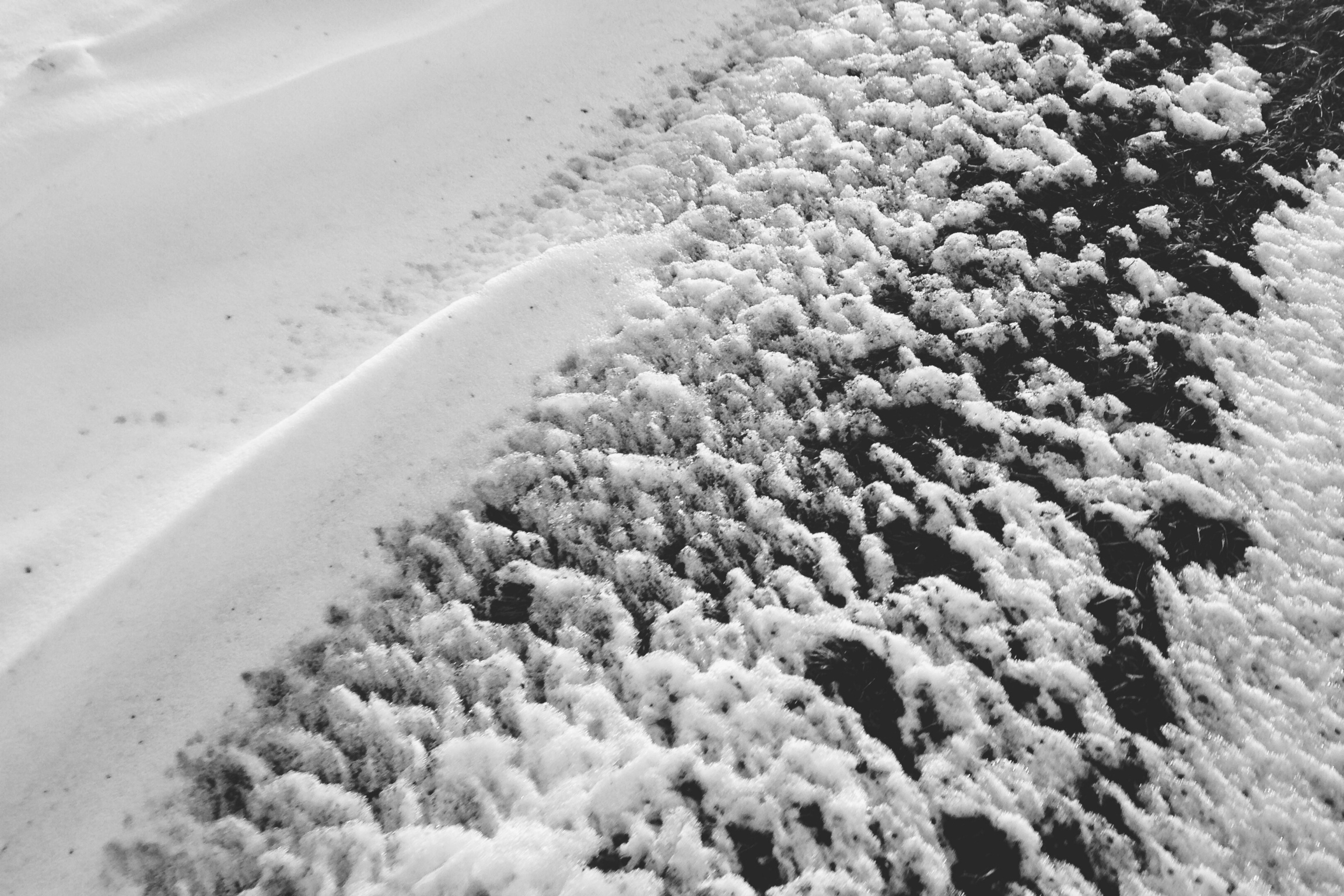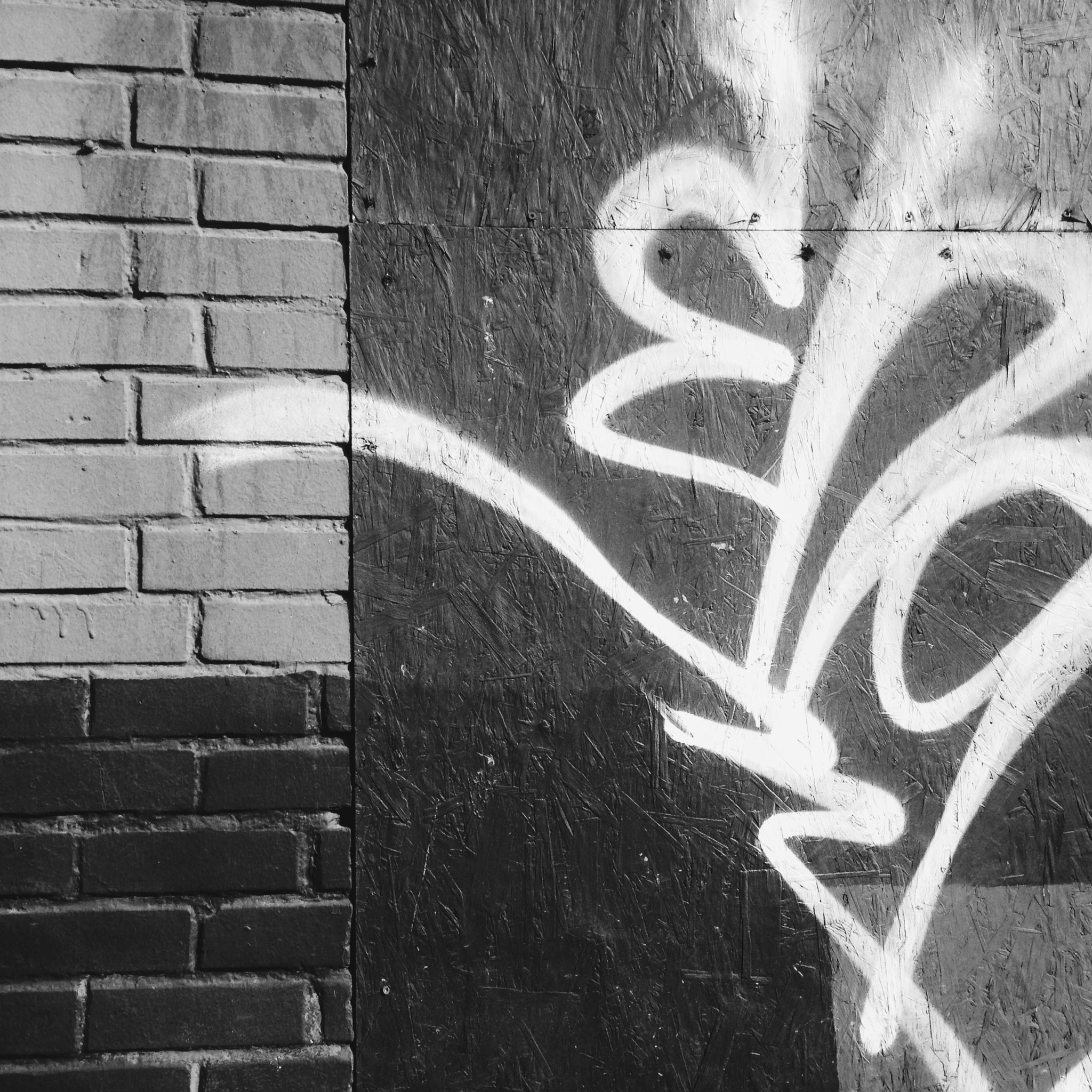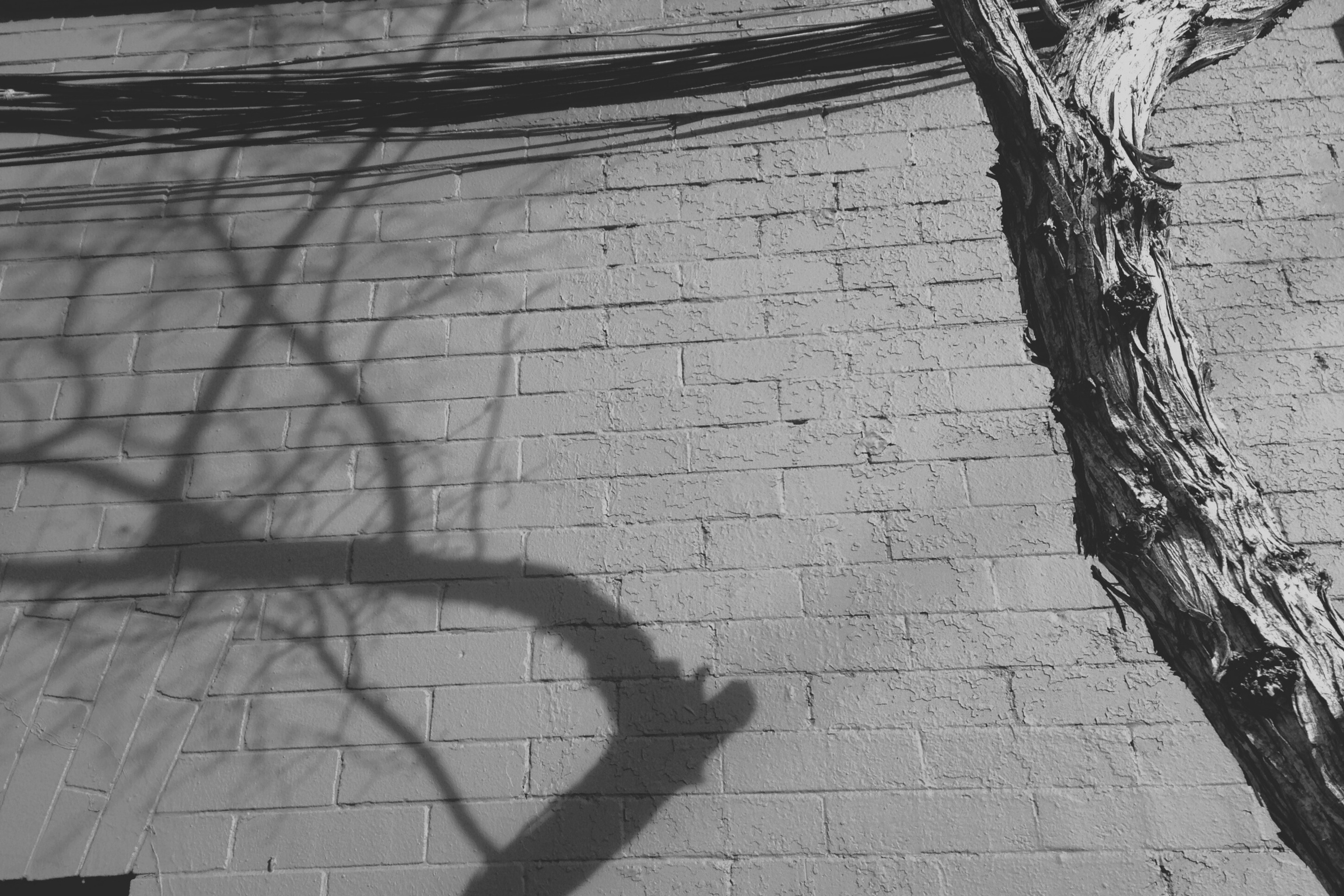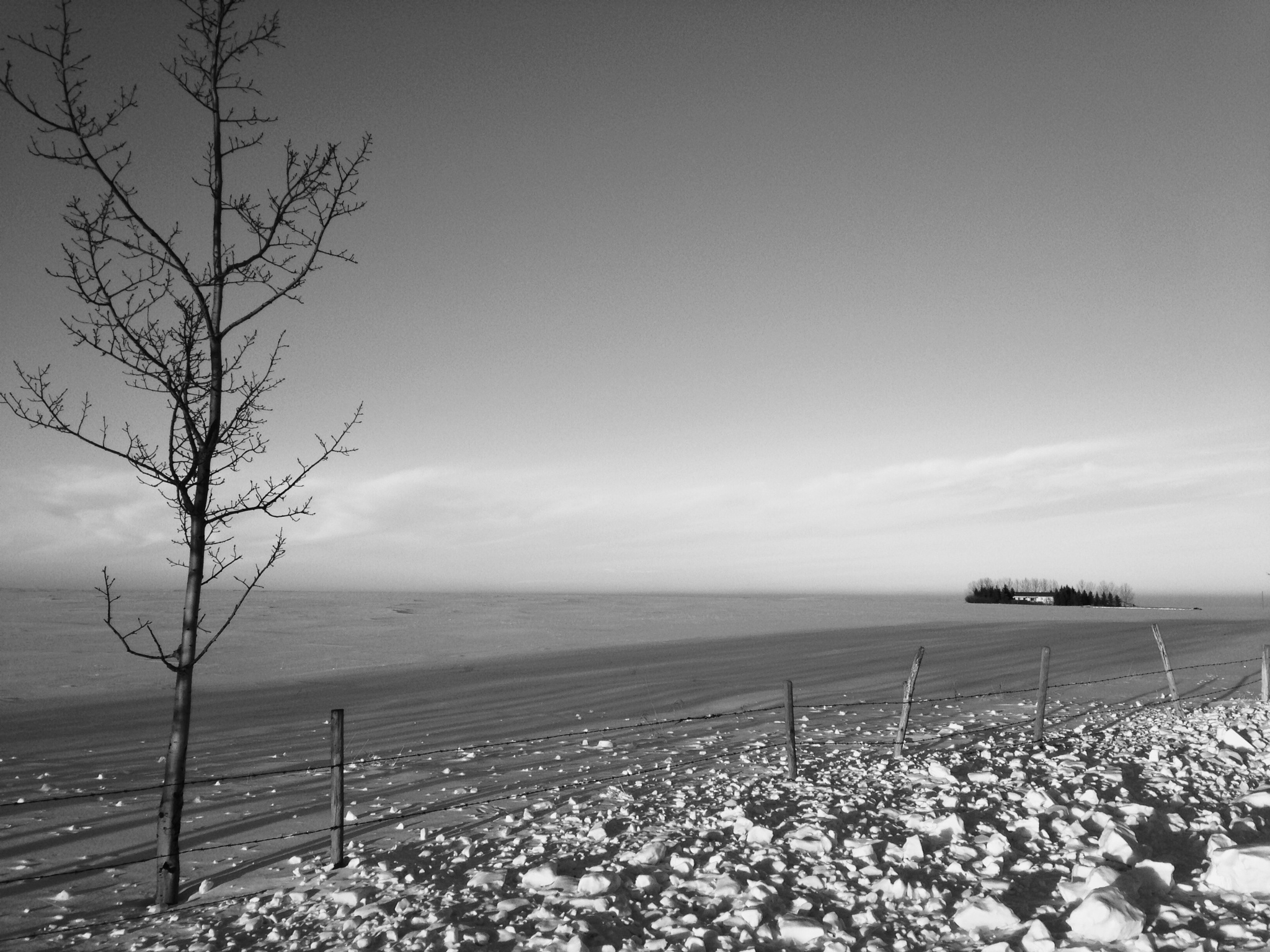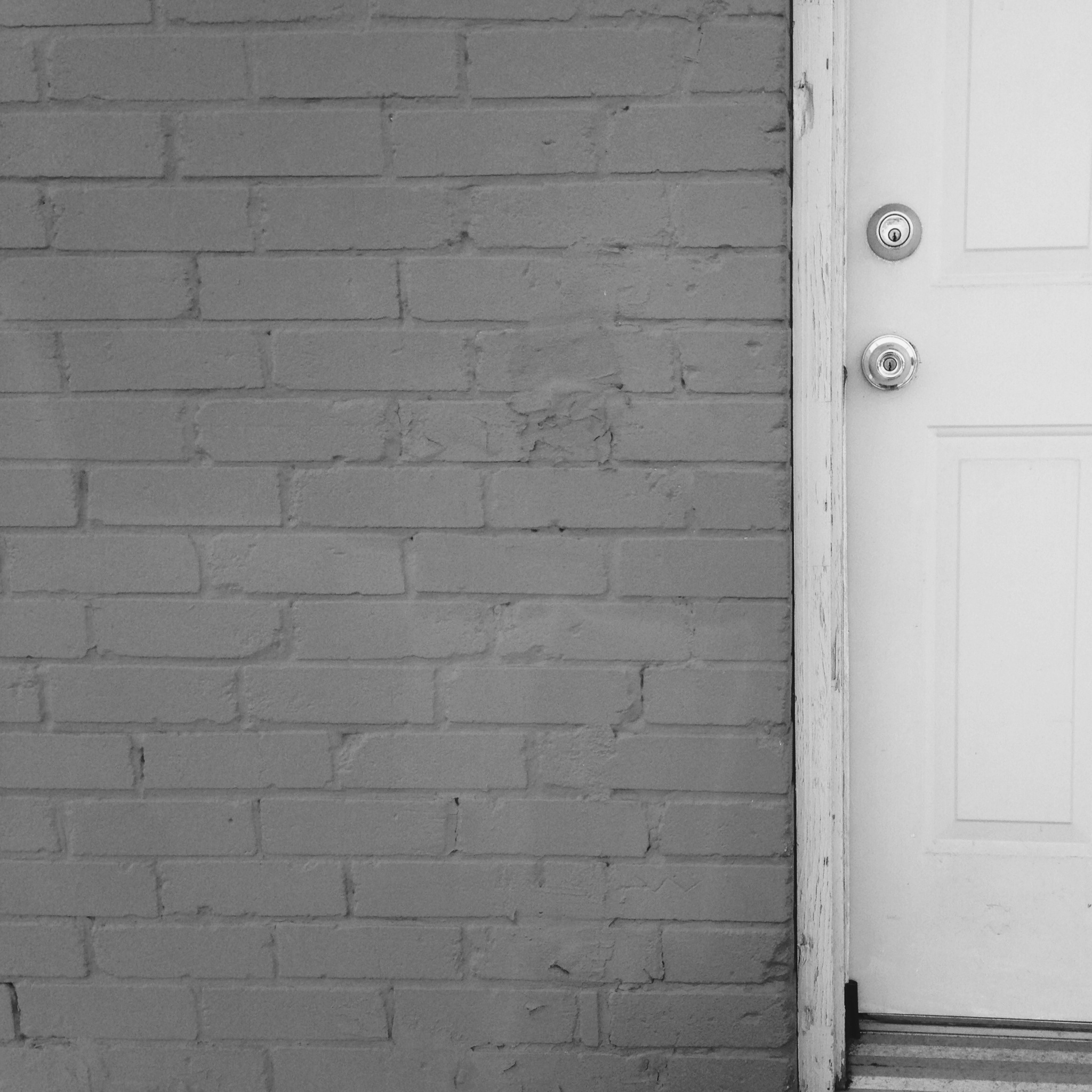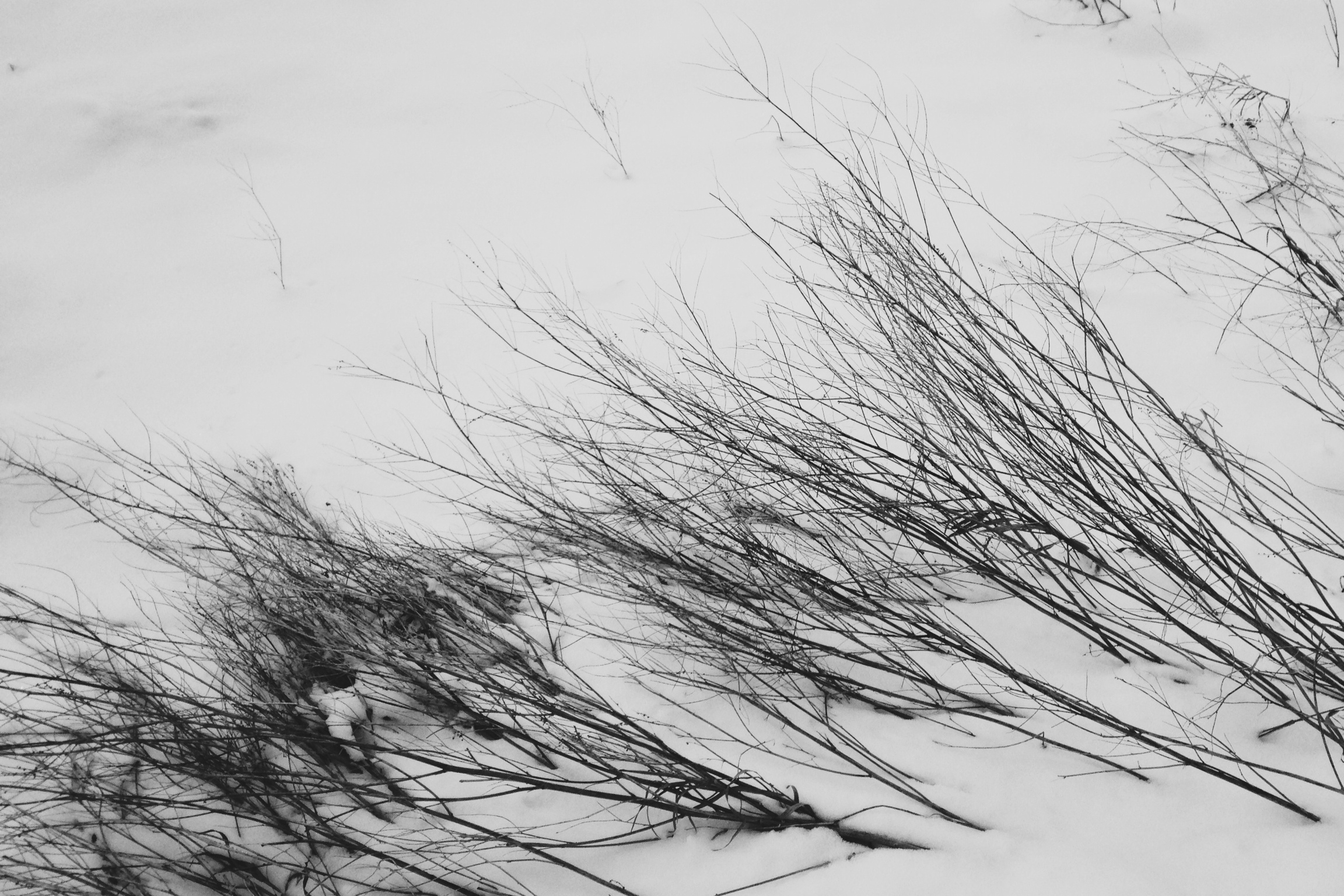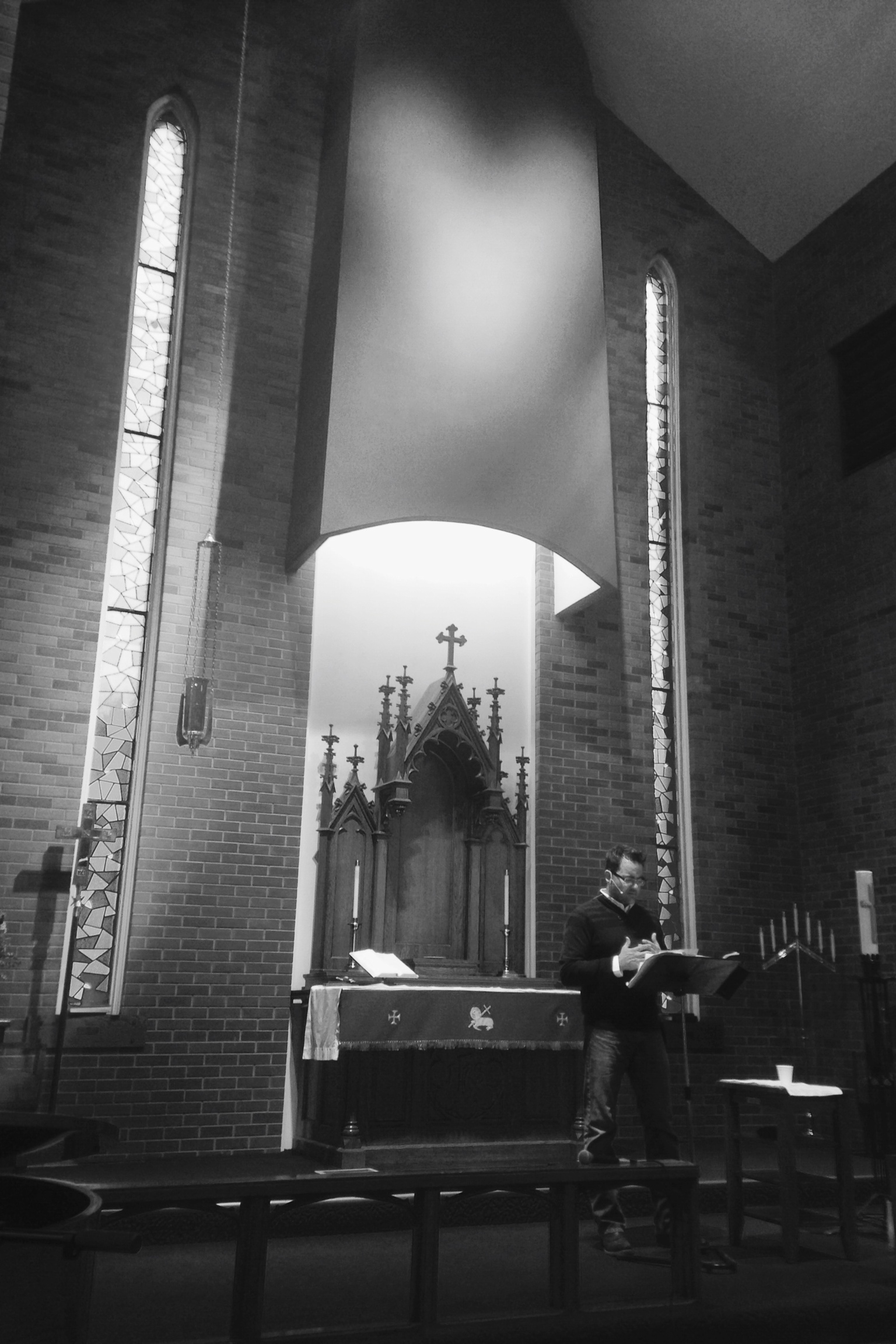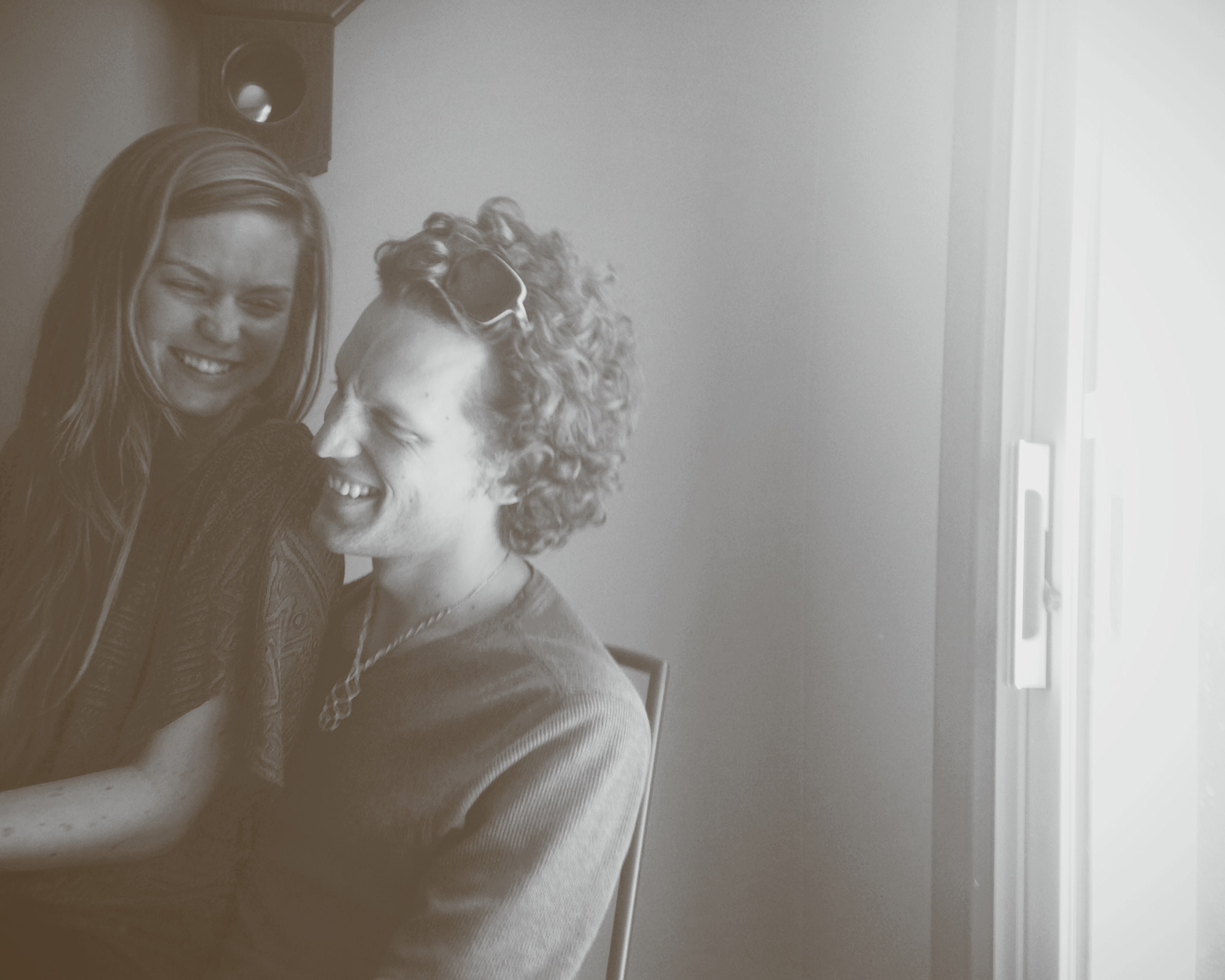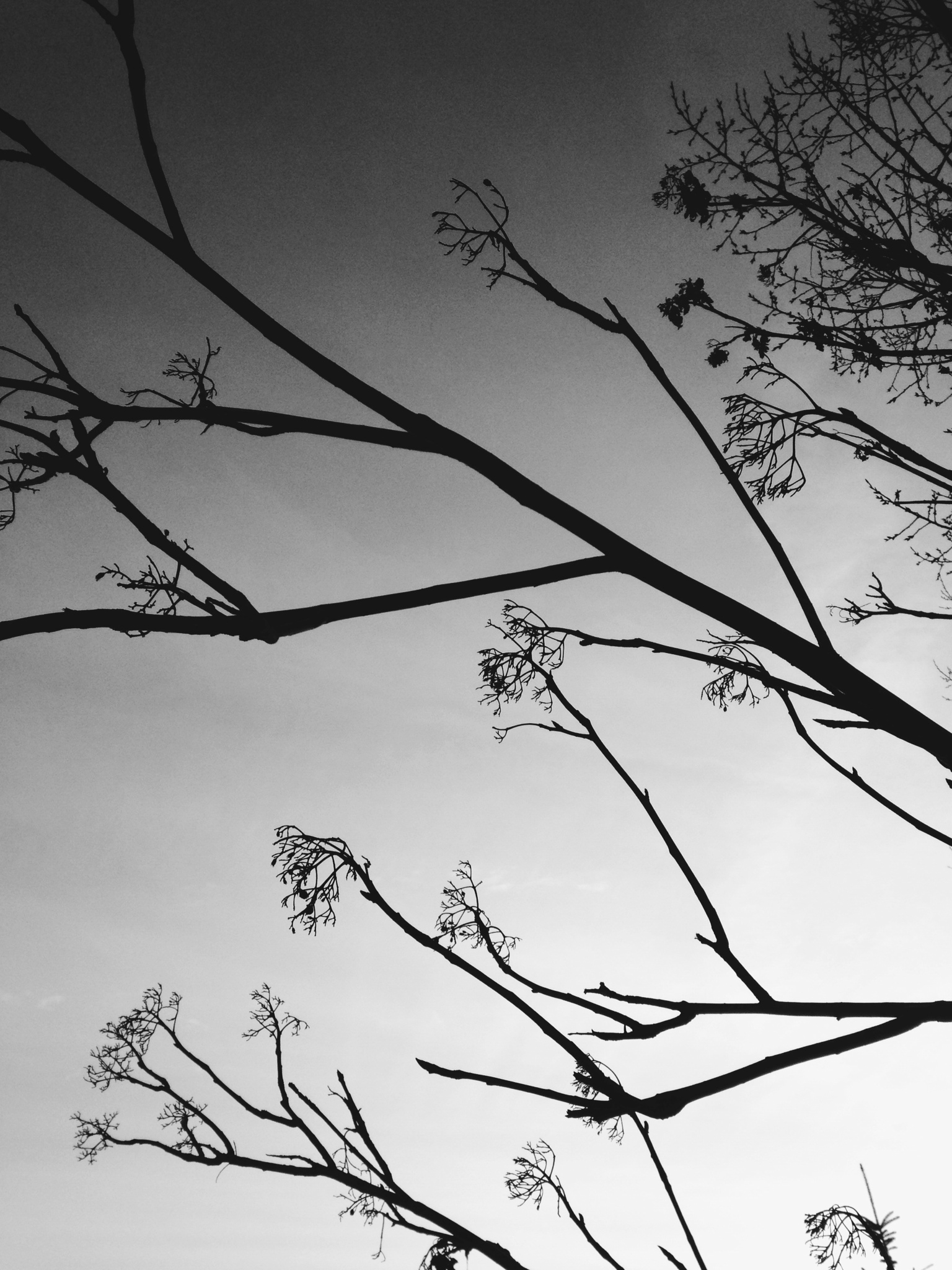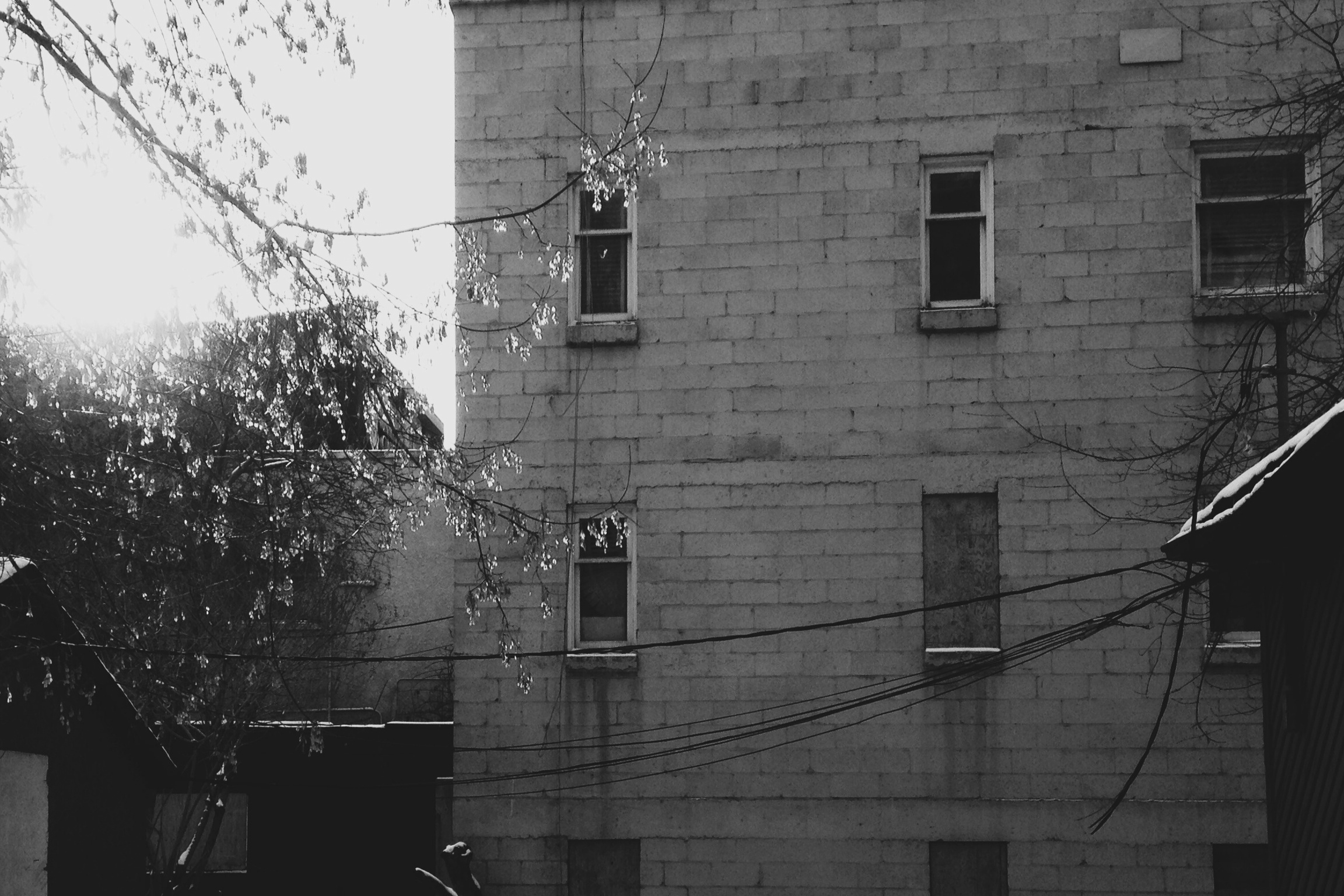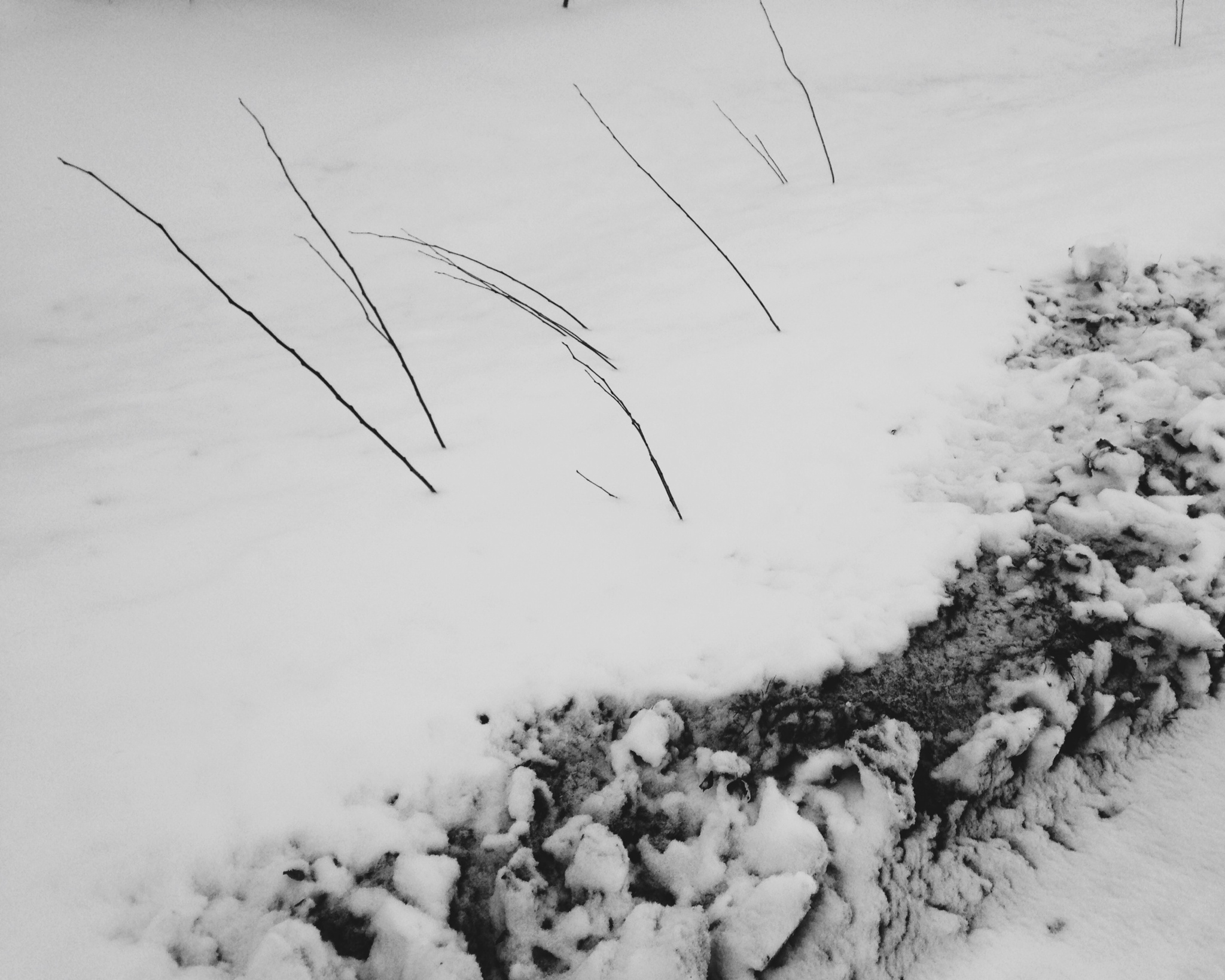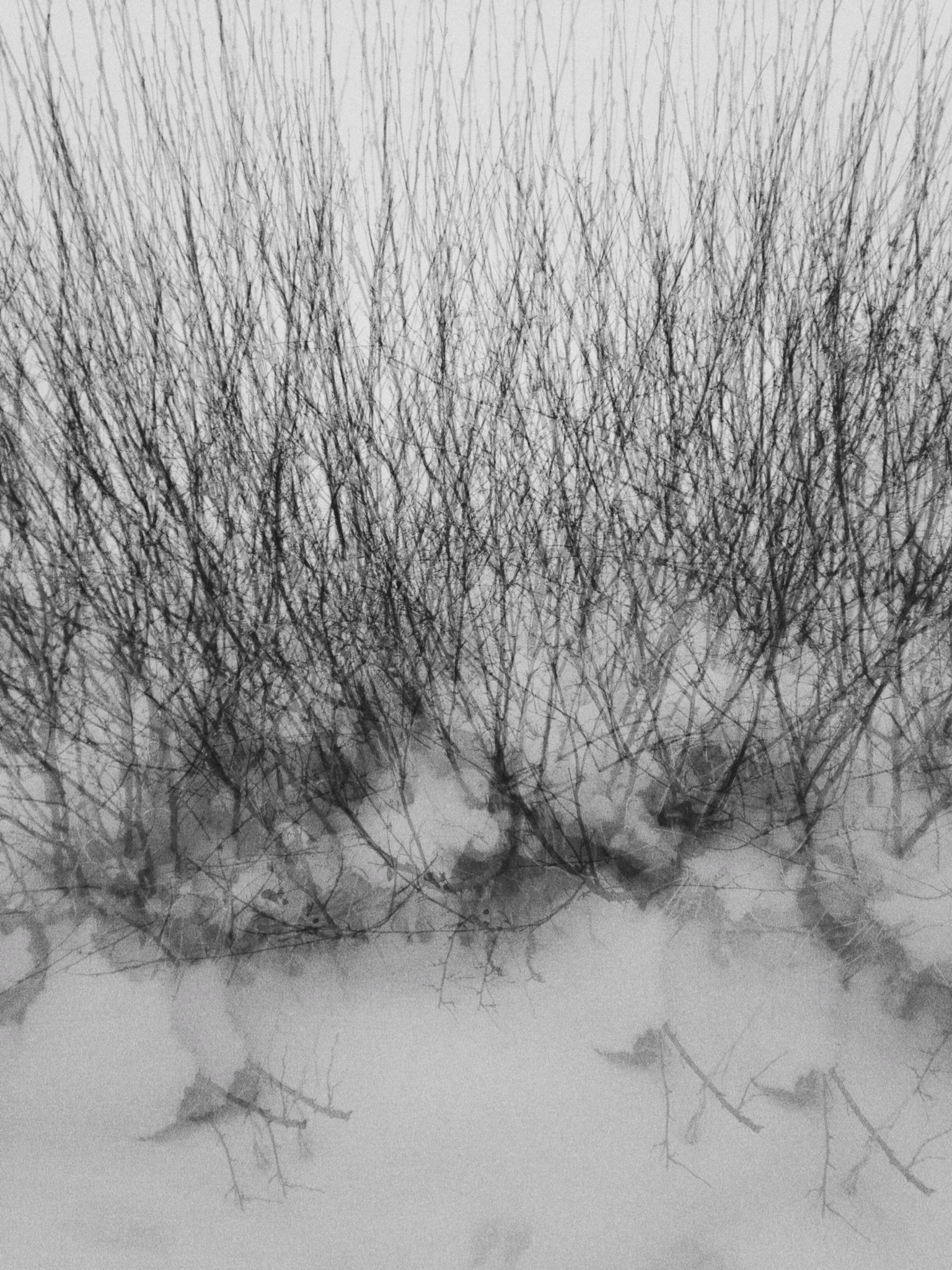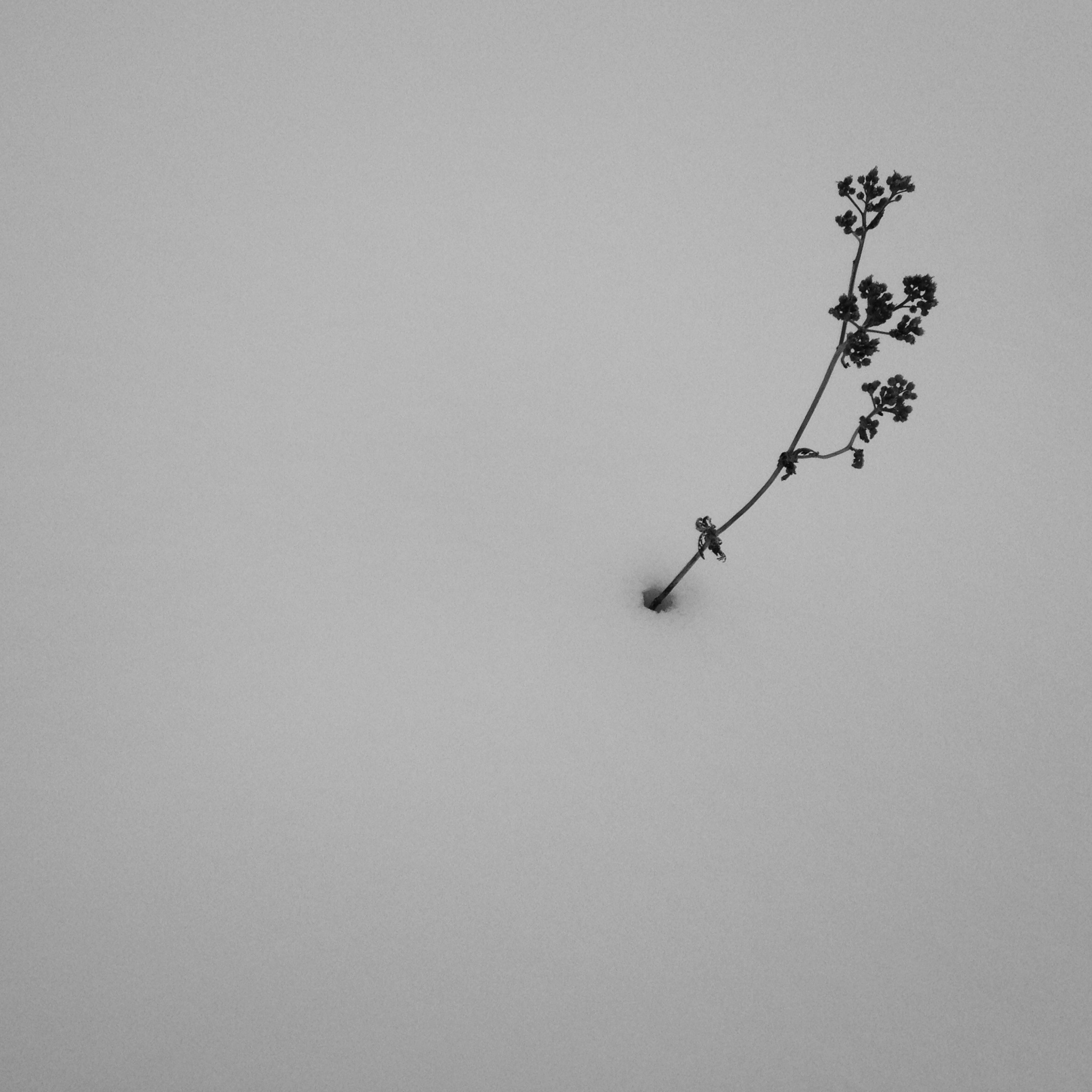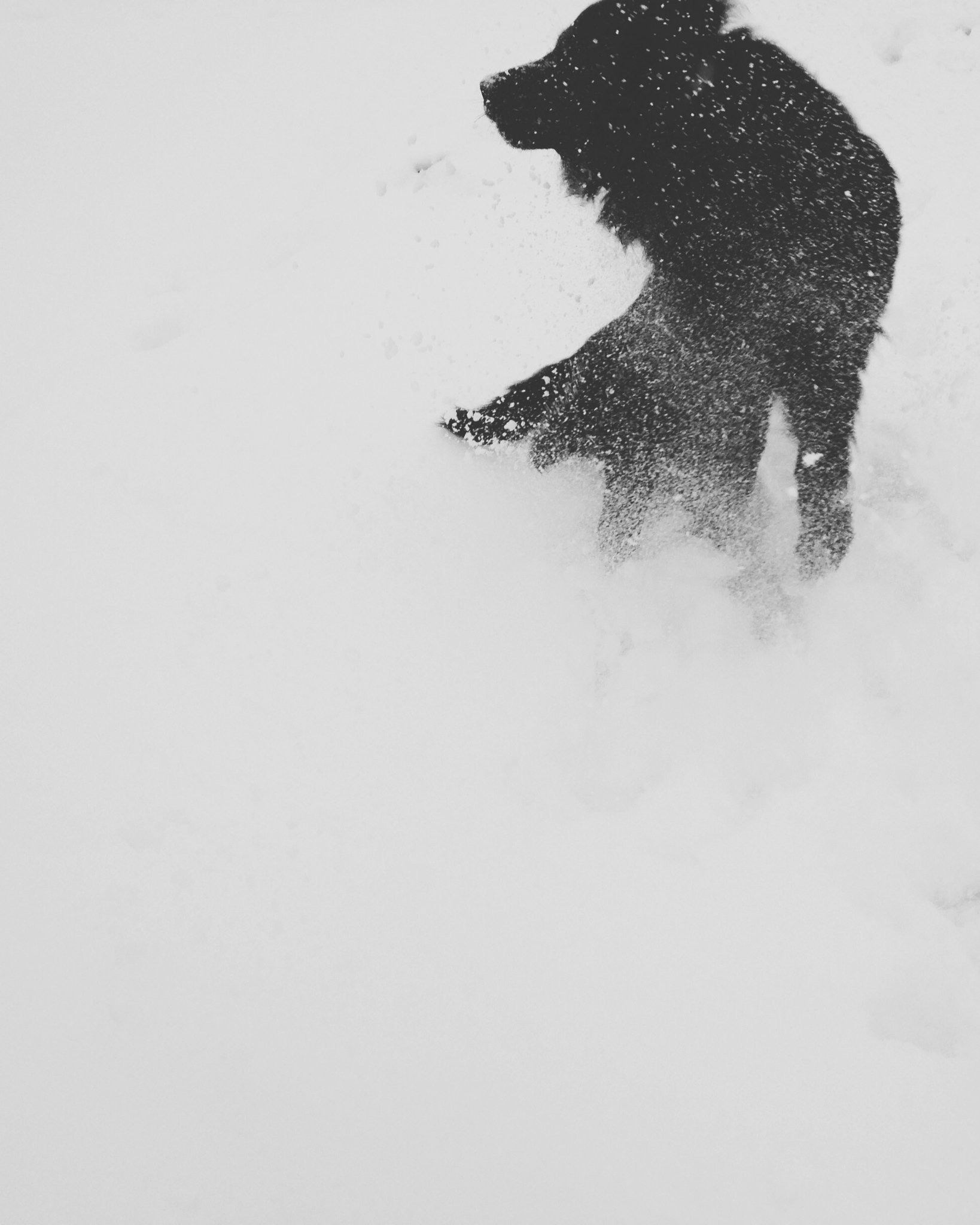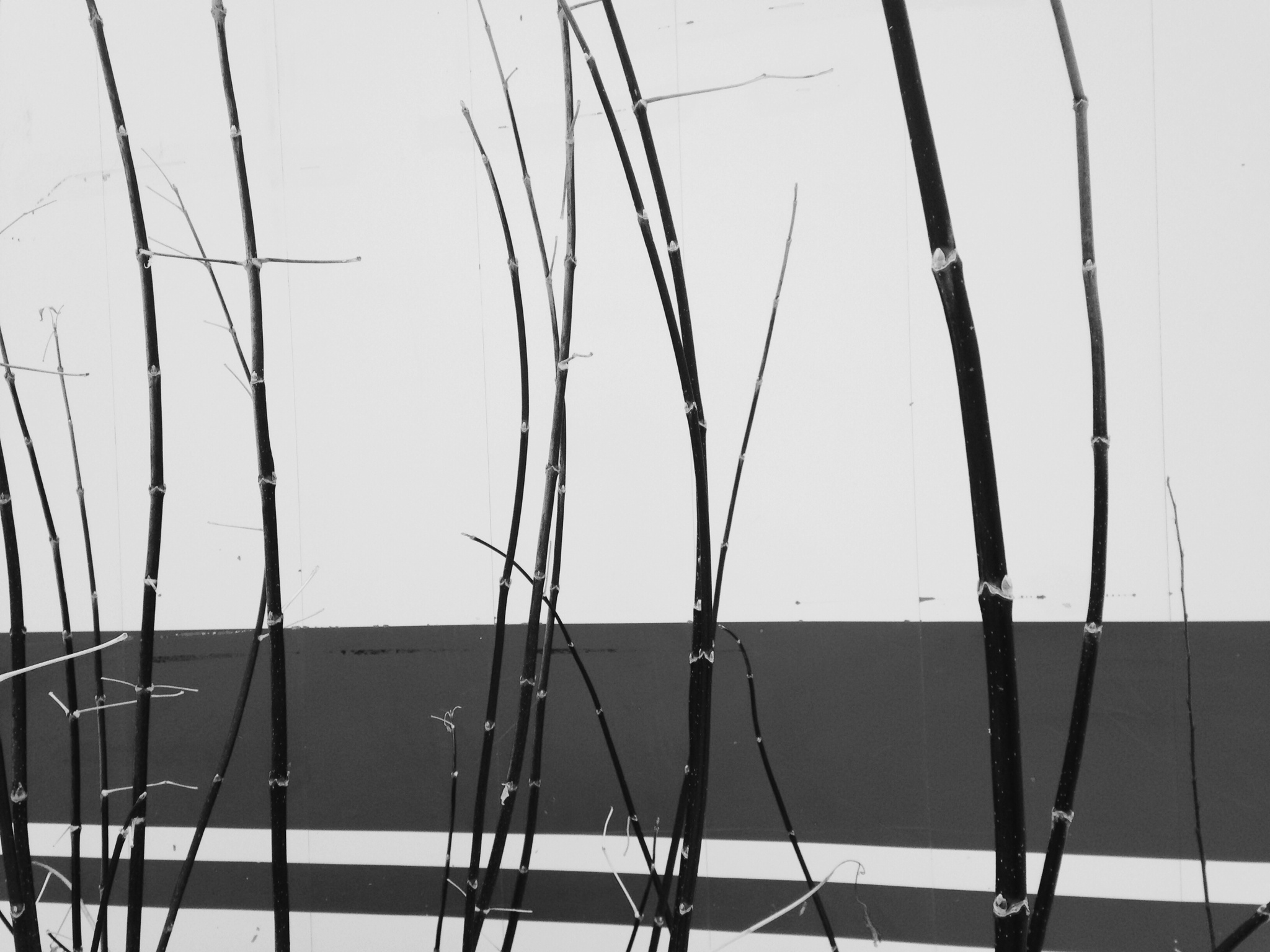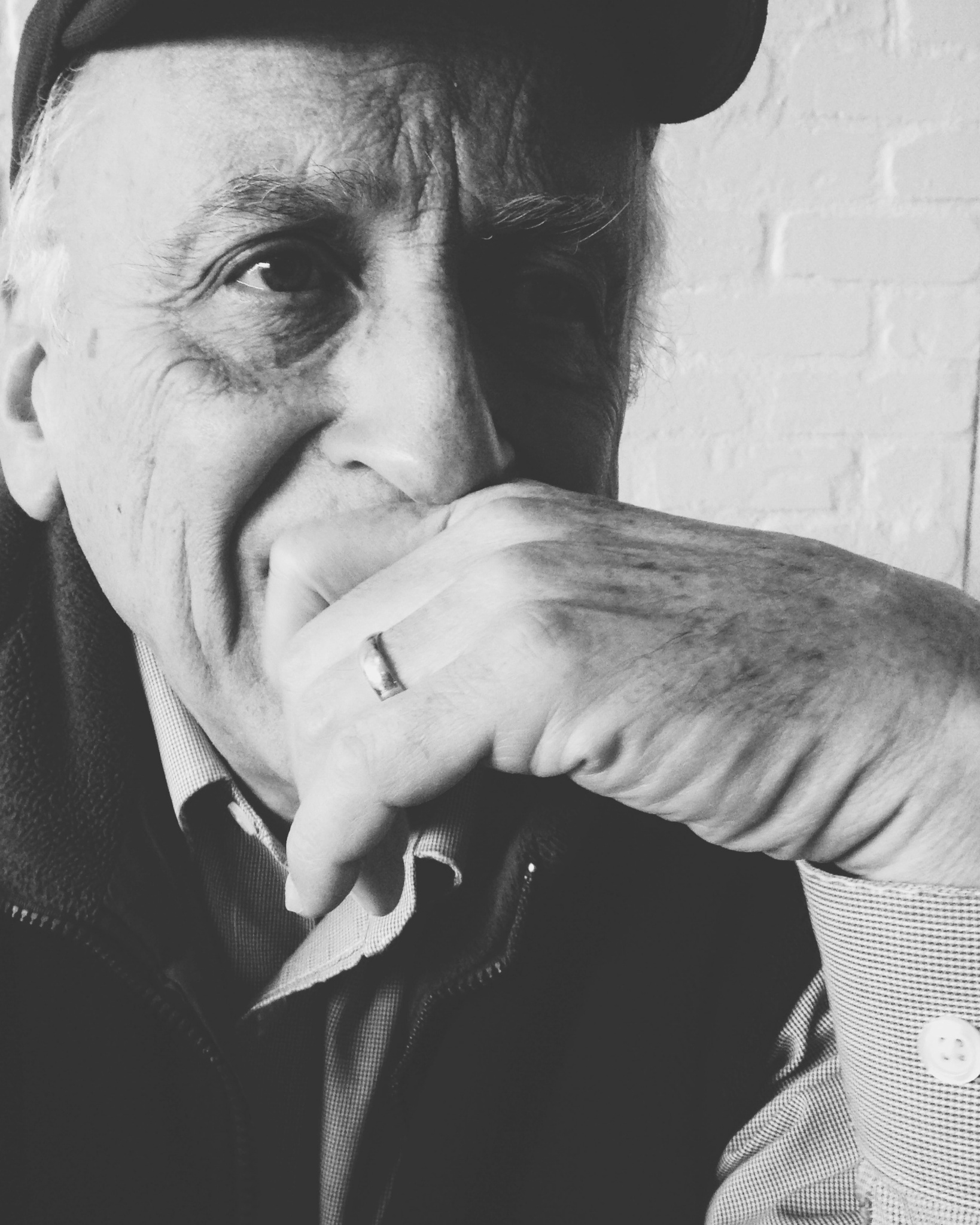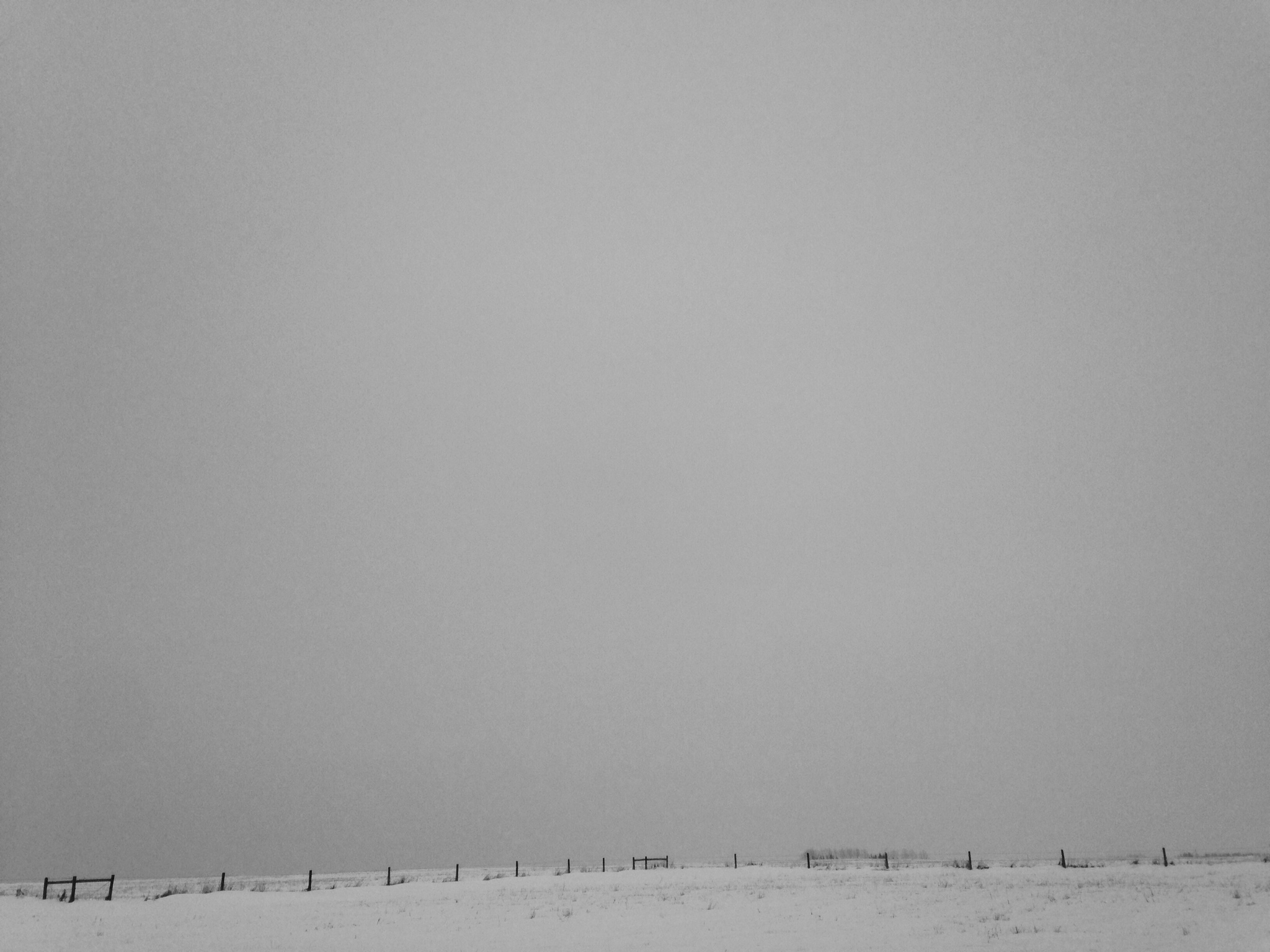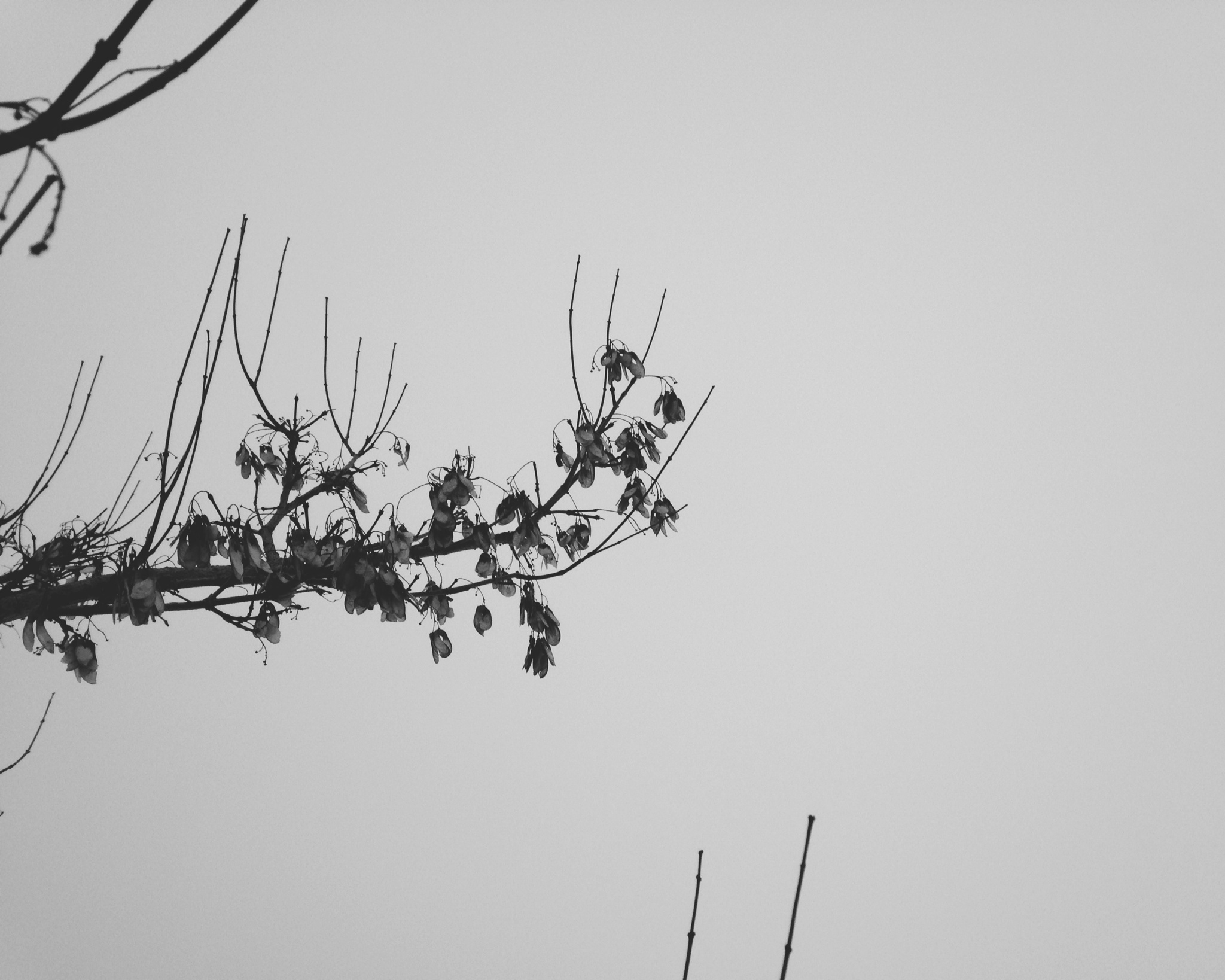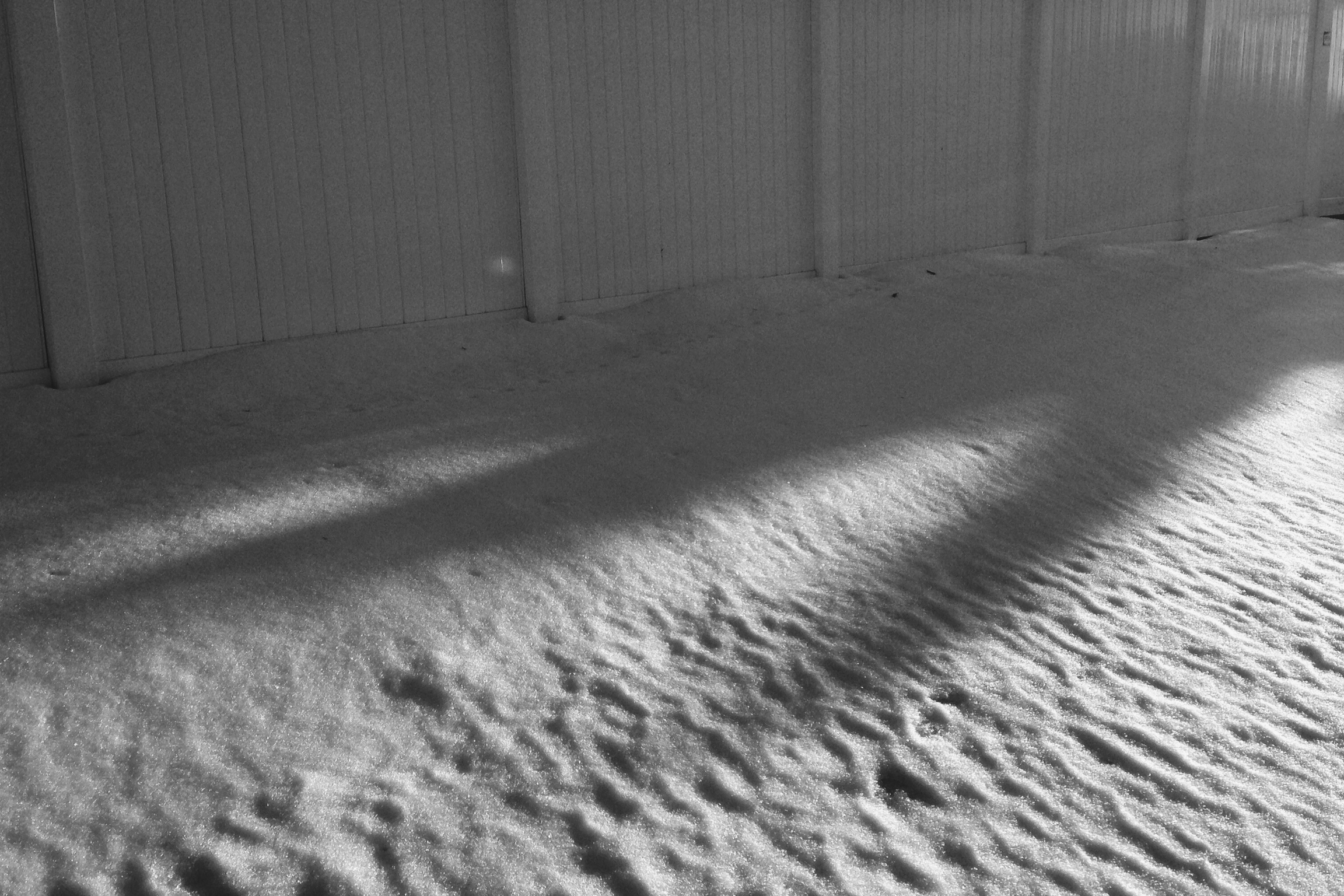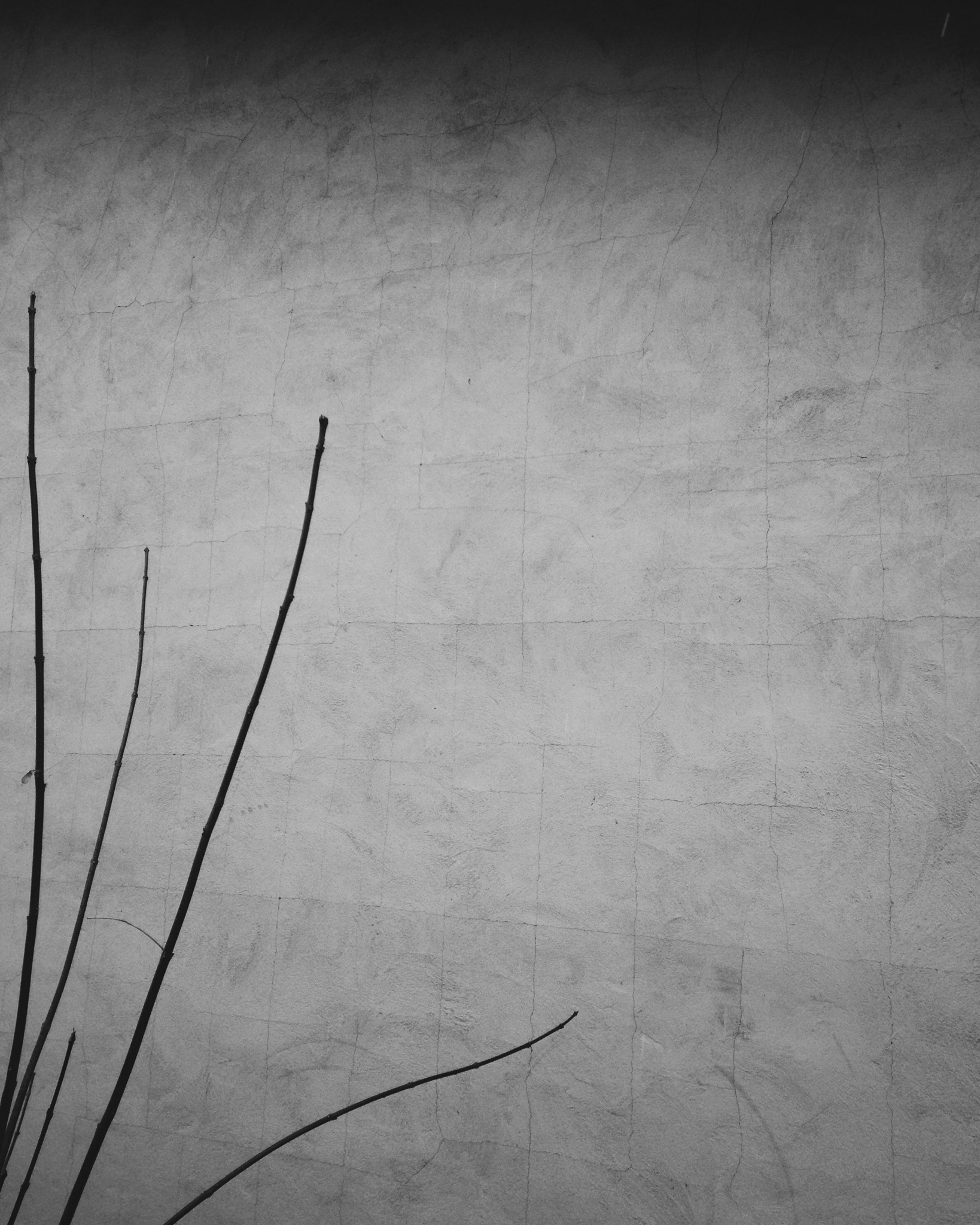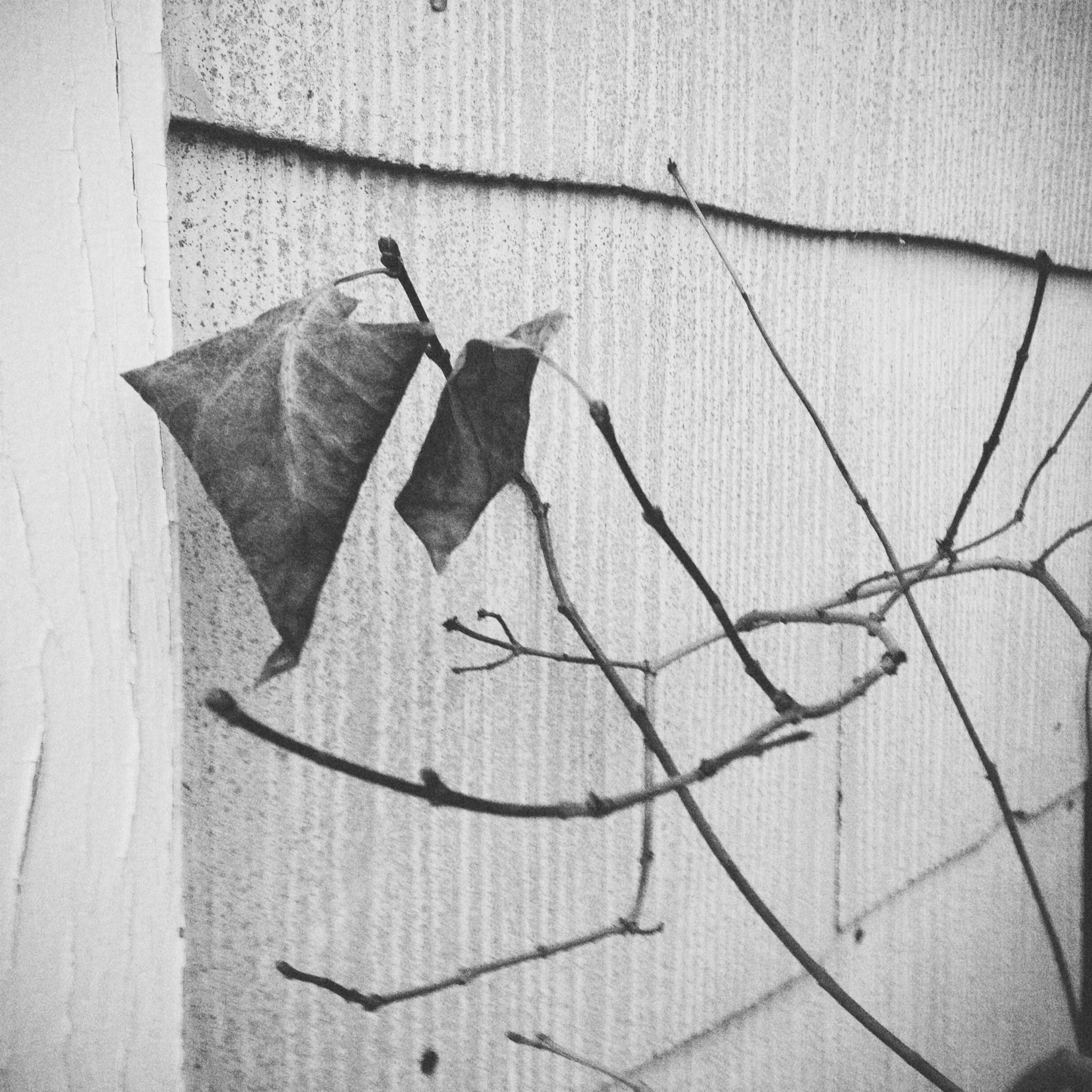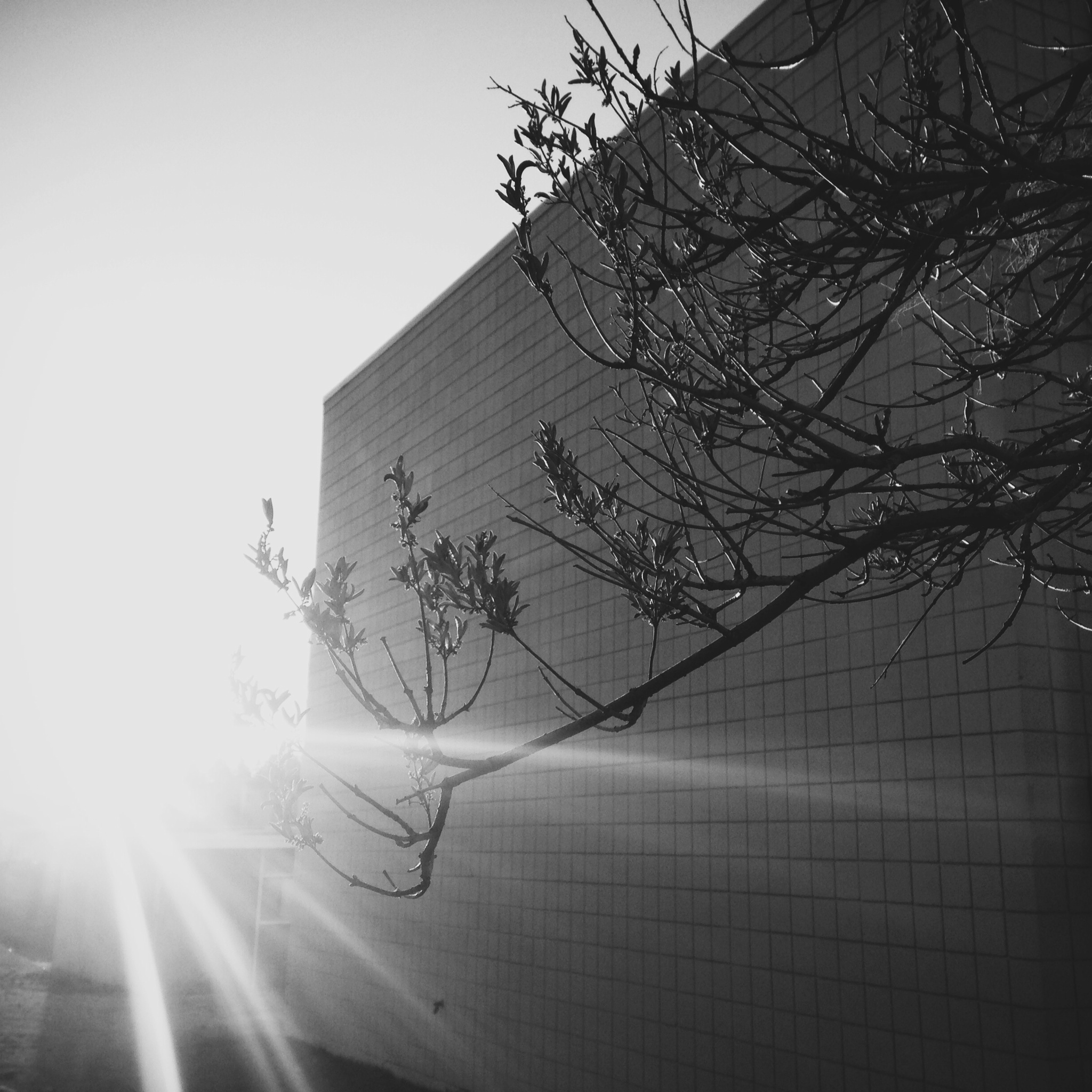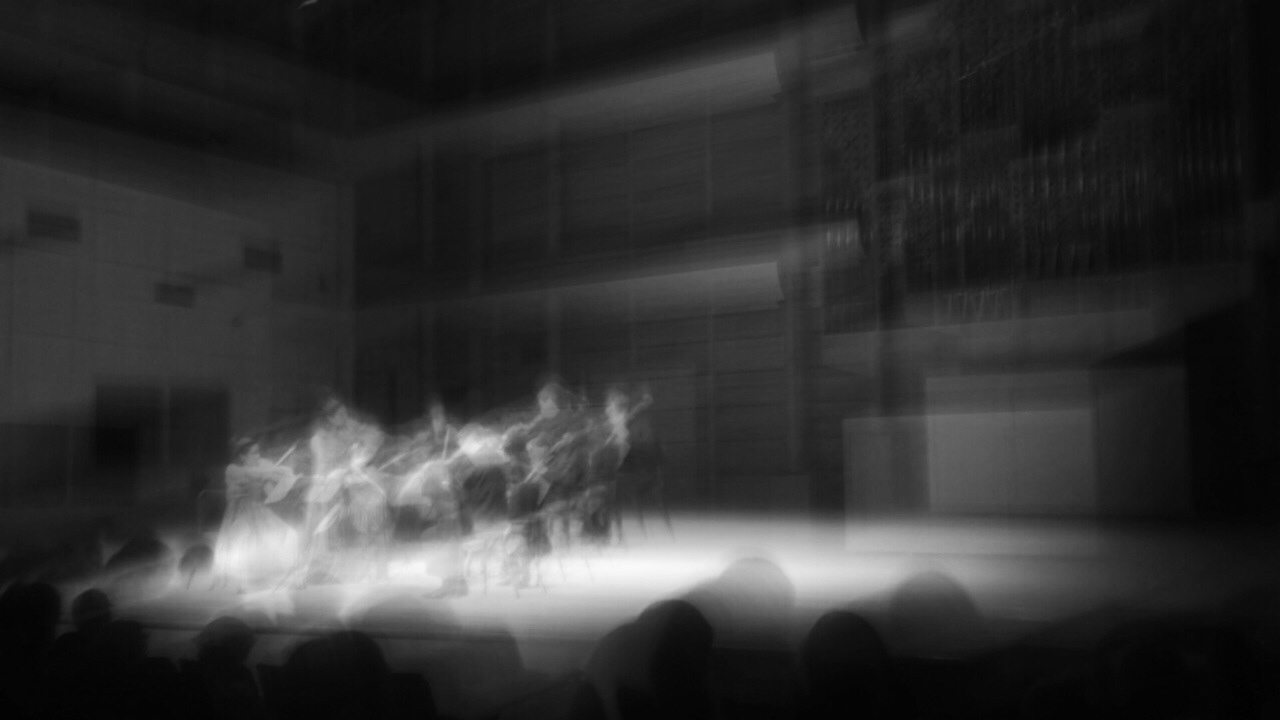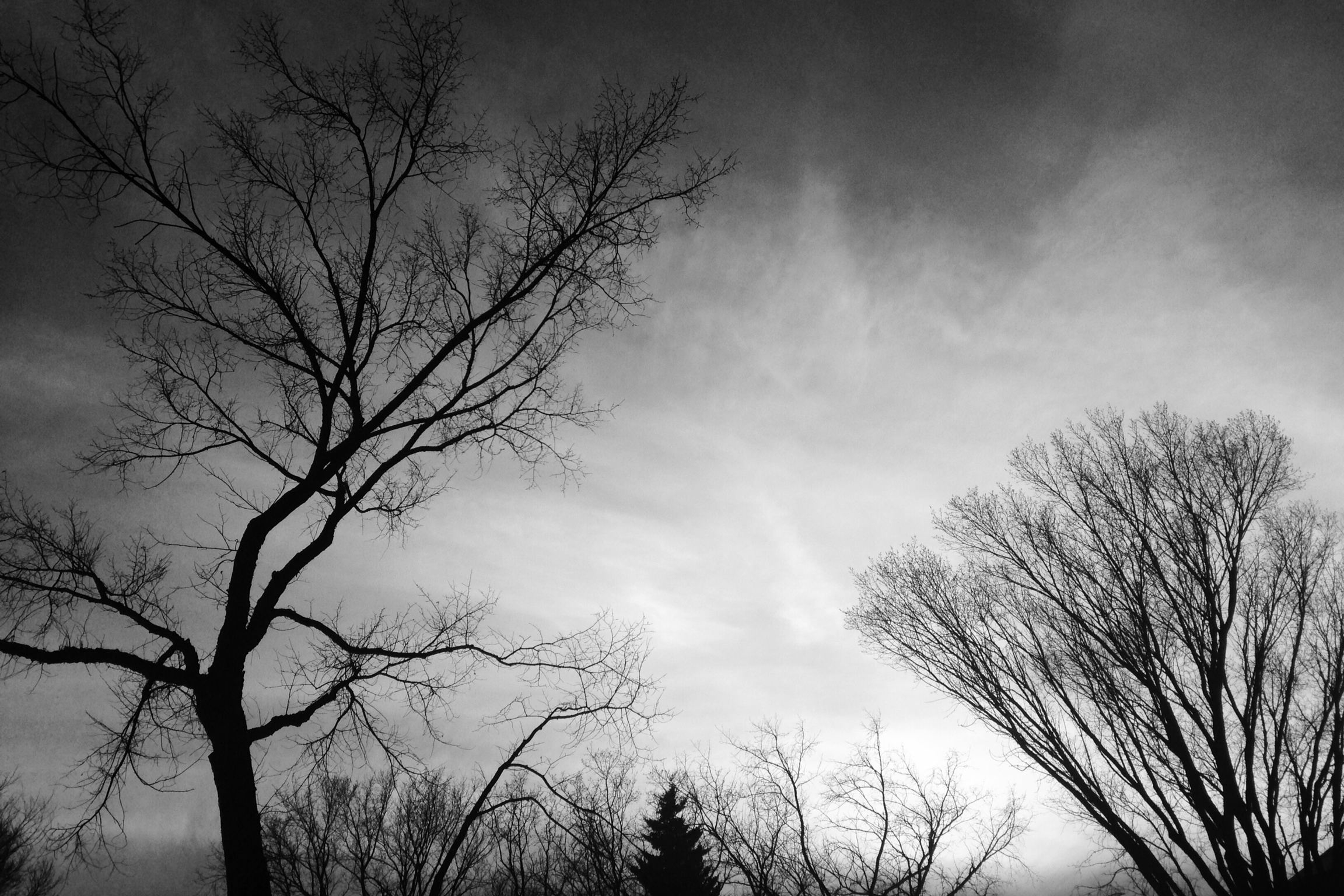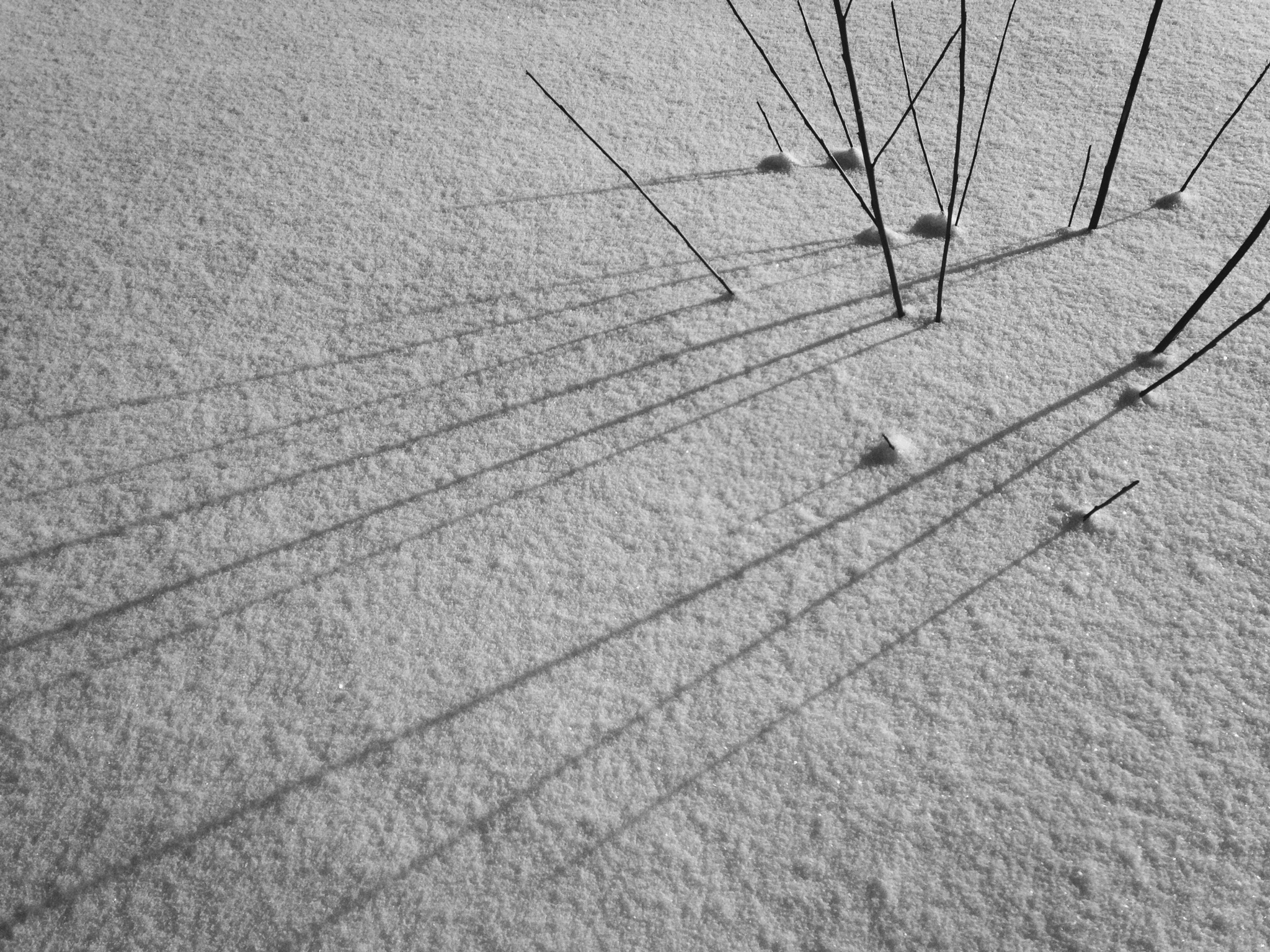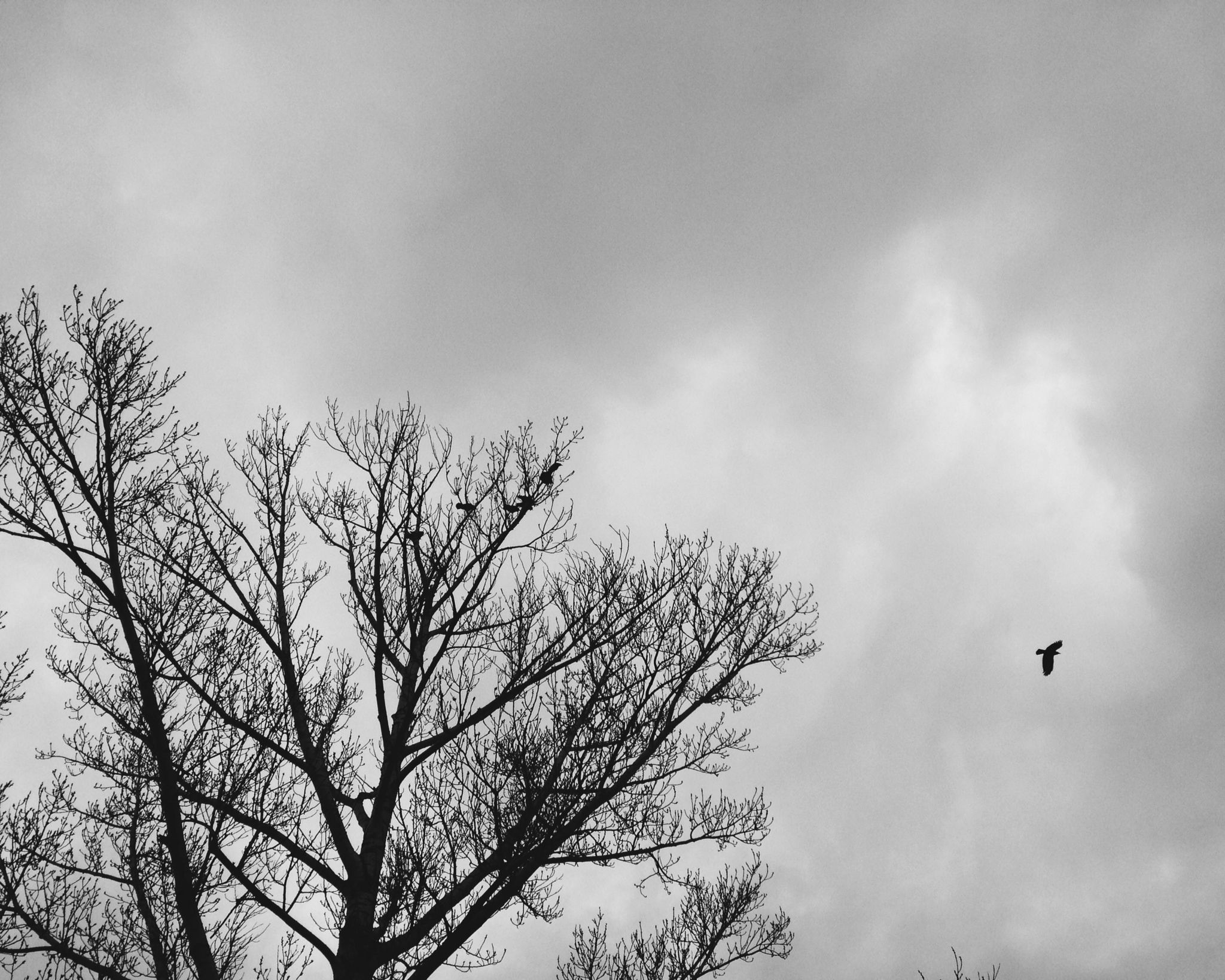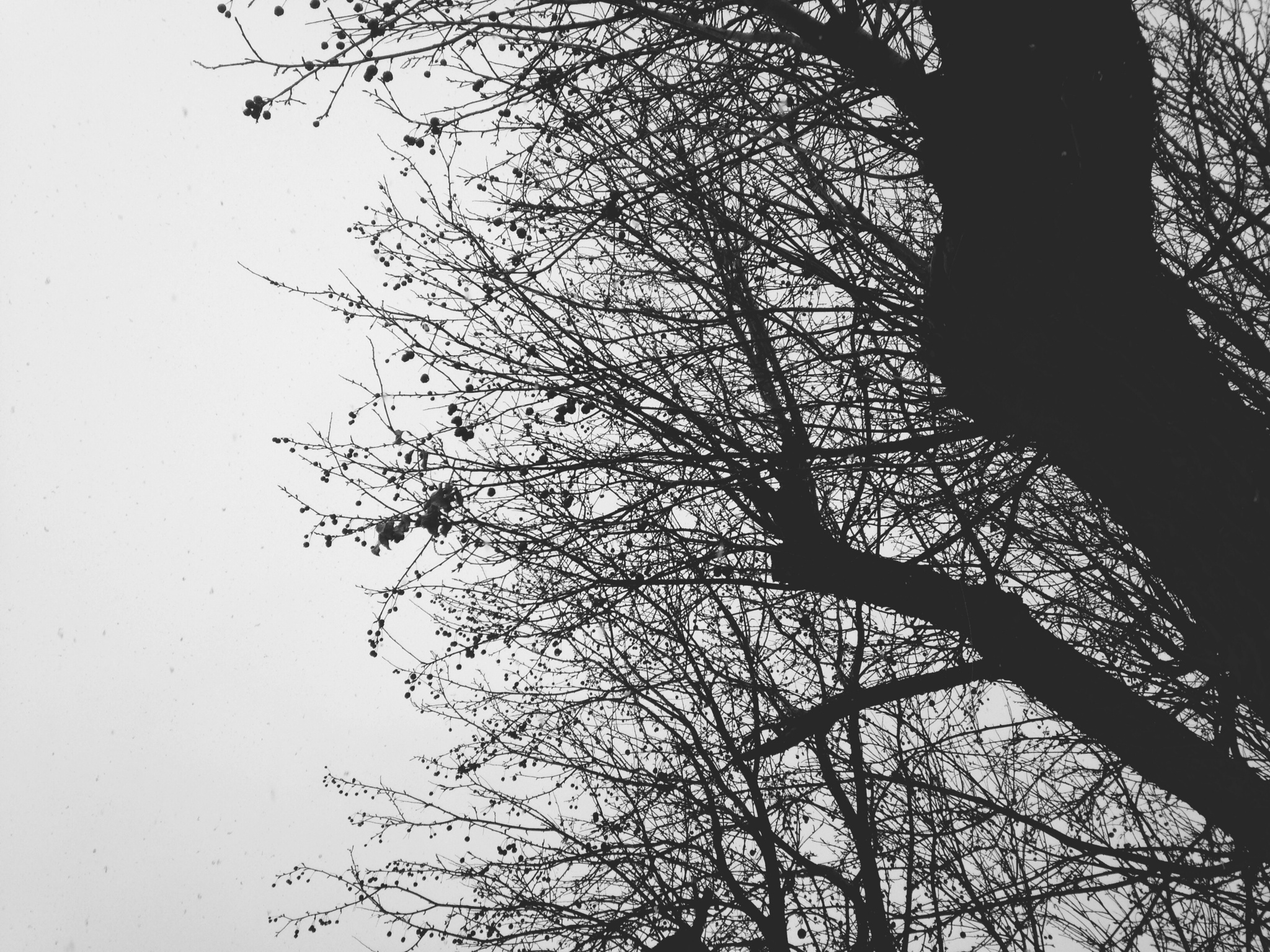I did not grow up celebrating Lent. Advent, yes, but Lent had Catholic connotations wrapped up in it. And while I think it would be healthy for someone coming out of Catholicism to abstain from Lent, for evangelicals unaccustomed to such discipline it can be a sobering exercise, preparing one's heart for the coming Resurrection.
This year I decided to do something unusual. I would fast from using colour in my images. Switching my iPhone's camera from colour to black and white was easy with iOS 7. Finding a photo to post (almost) everyday was the greater challenge. Although the discipline made me aware of the shadows and forms everywhere in our world, it was easy to become repetitive.
Another challenge was finding texts to match the images. Malcolm Guite's beautiful series of sonnets for the church year provided much inspiration, as did BIOLA University's Center for Christianity, Culture, and the Arts Lent Project. Of course, scripture was a constant guide and I used a stripped down version of the seven last words of Jesus for one week. (Click on the images below and then hover over them to view the words.)
The effect on my feed and my heart was one of subtle sadness, a weariness and watching that suited life in a fallen world. But as the days went on there grew a steady, constant hope. The Resurrection was coming. All things (including colour) would be, and will be, restored.
